Sensation & Perception
1/49
There's no tags or description
Looks like no tags are added yet.
Name | Mastery | Learn | Test | Matching | Spaced |
|---|
No study sessions yet.
50 Terms
top-down processing
the use of preexisting knowledge and higher-level mental processes to guide information processing

bottom-up processing
Analysis that begins with the sensory receptors and works up to the brain as we process sensory information
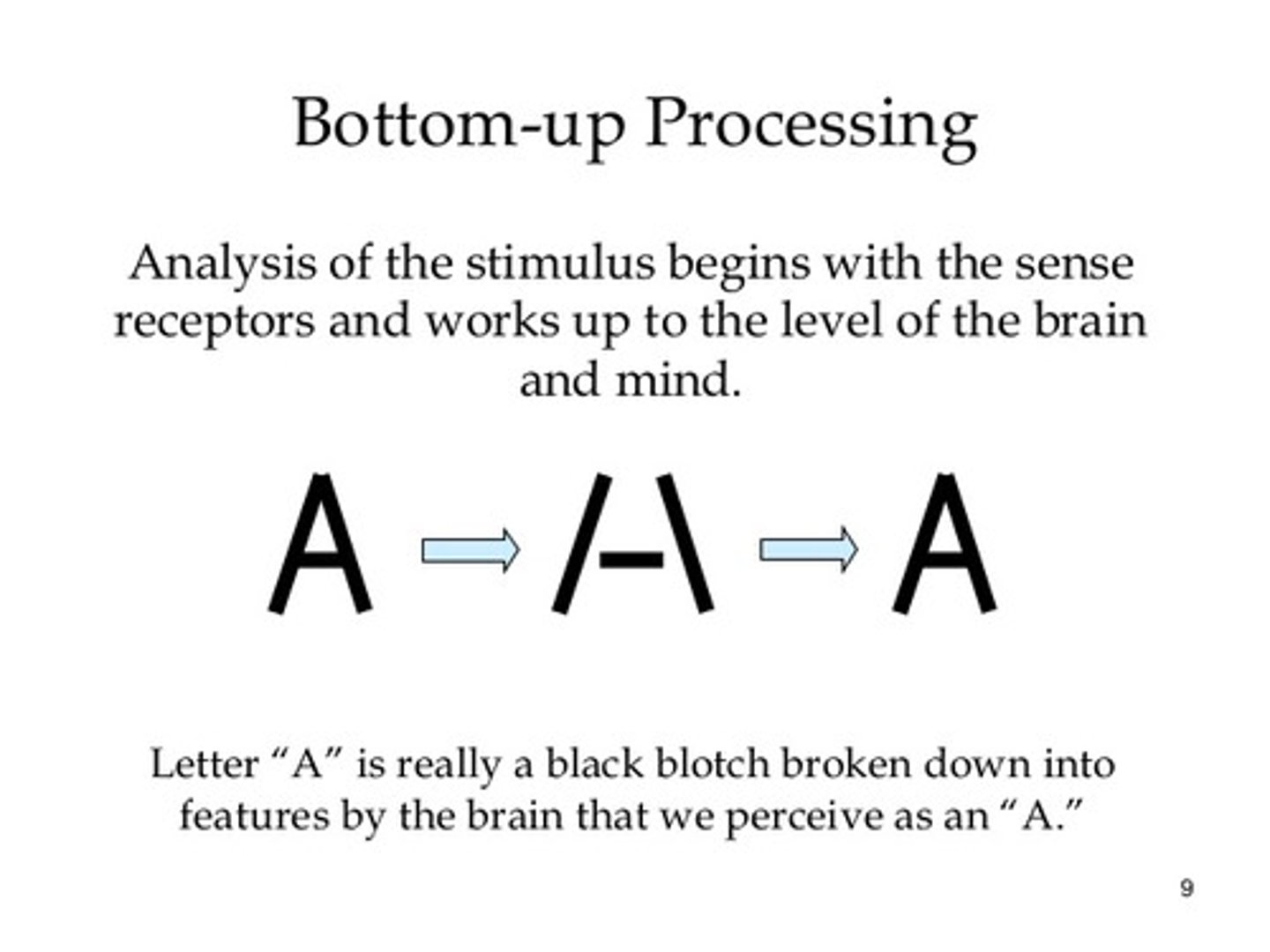
absolute threshold
Minimum stimulation needed to detect a particular stimulus 50 percent of the time
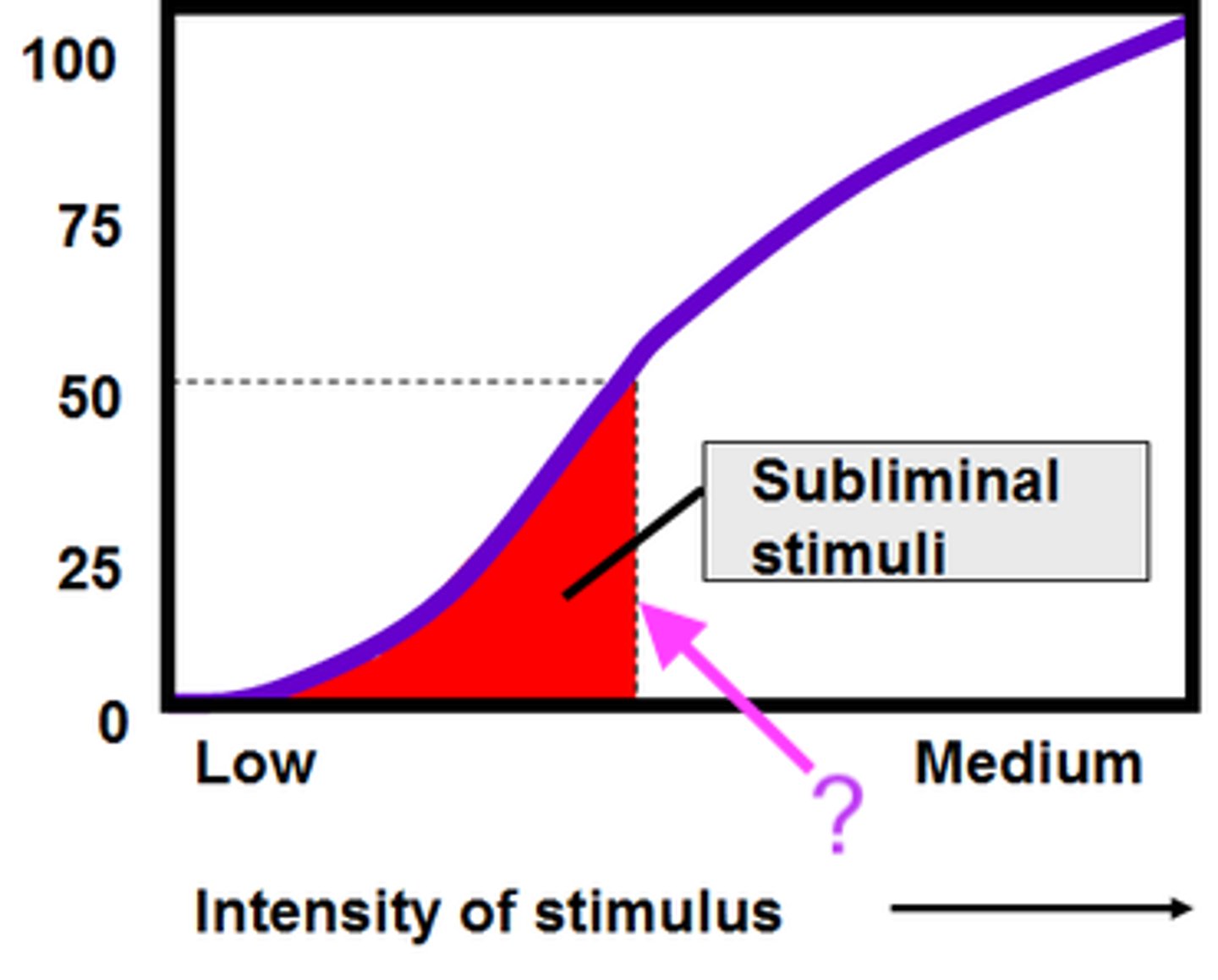
difference threshold
Minimum difference between two stimuli required for detection 50 percent of the time
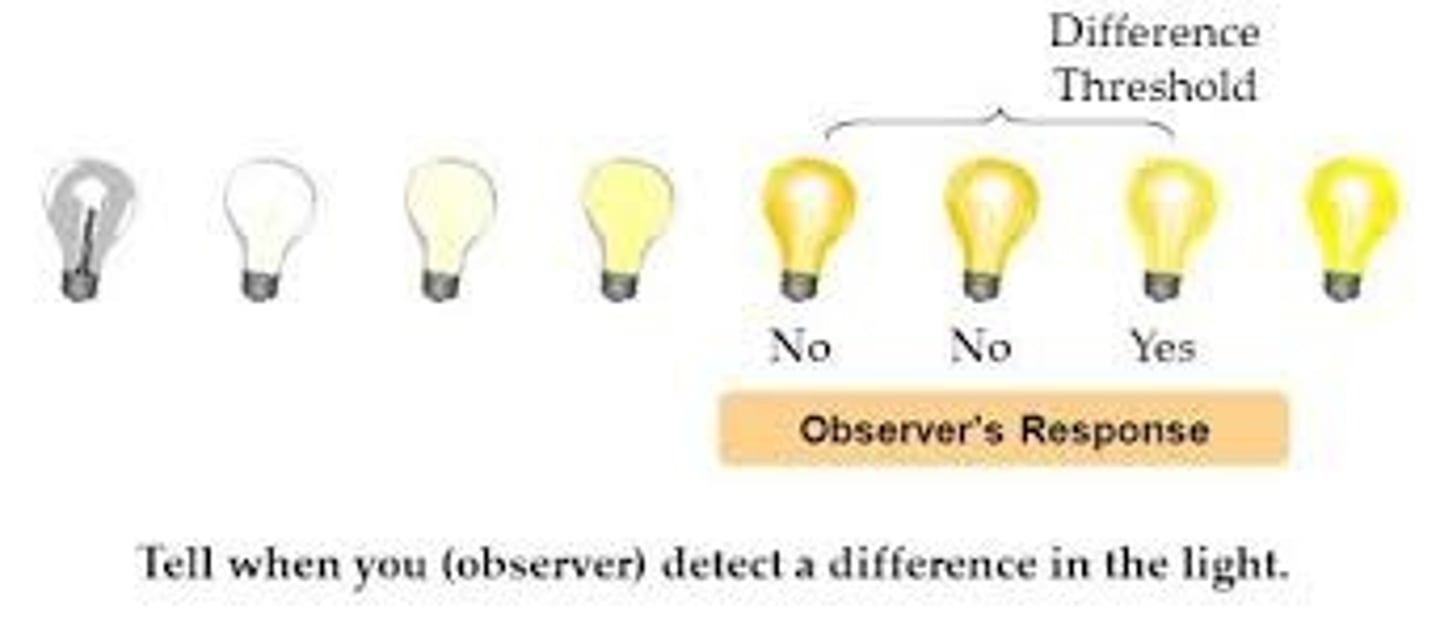
just noticeable difference (JND)
Smallest change in the intensity of a stimulus that we can detect
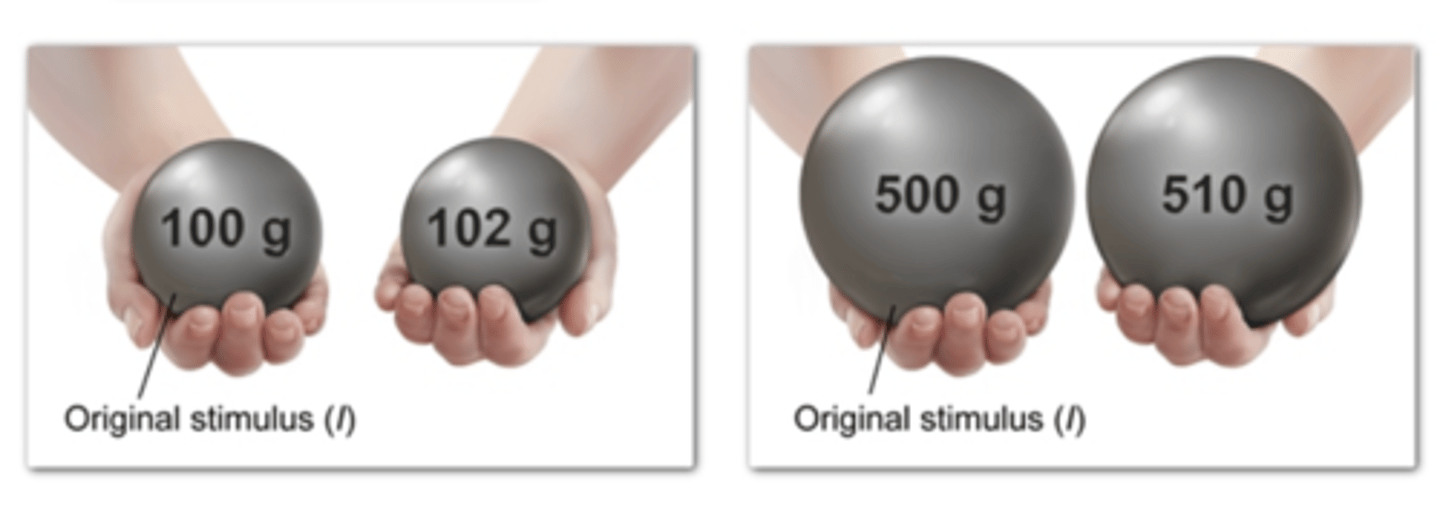
Weber's Law
The just noticeable difference of a stimulus is a constant proportion despite variations in intensity
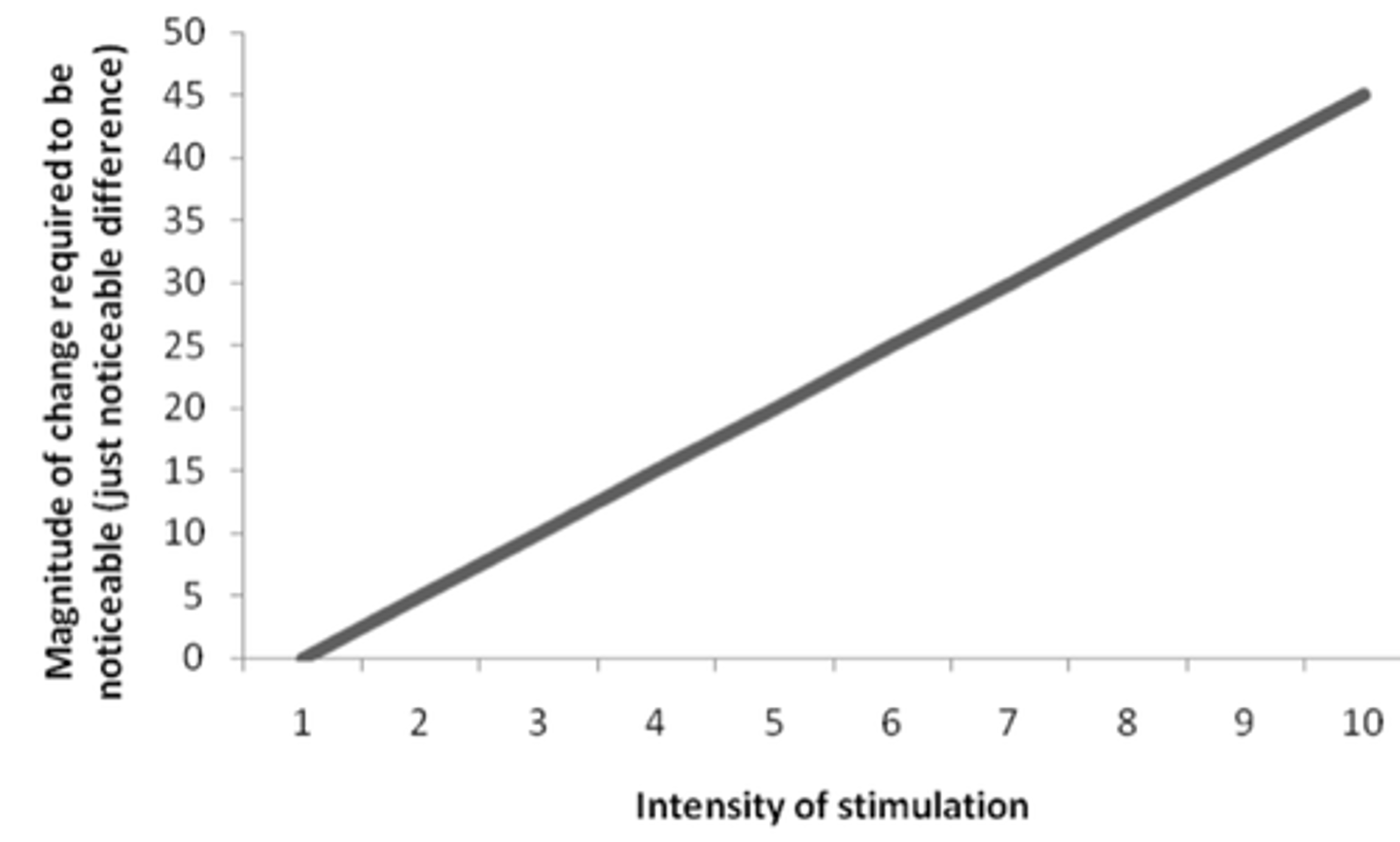
Fechner's Law
Larger and larger increases in physical energy are required to produce equal increases in perception
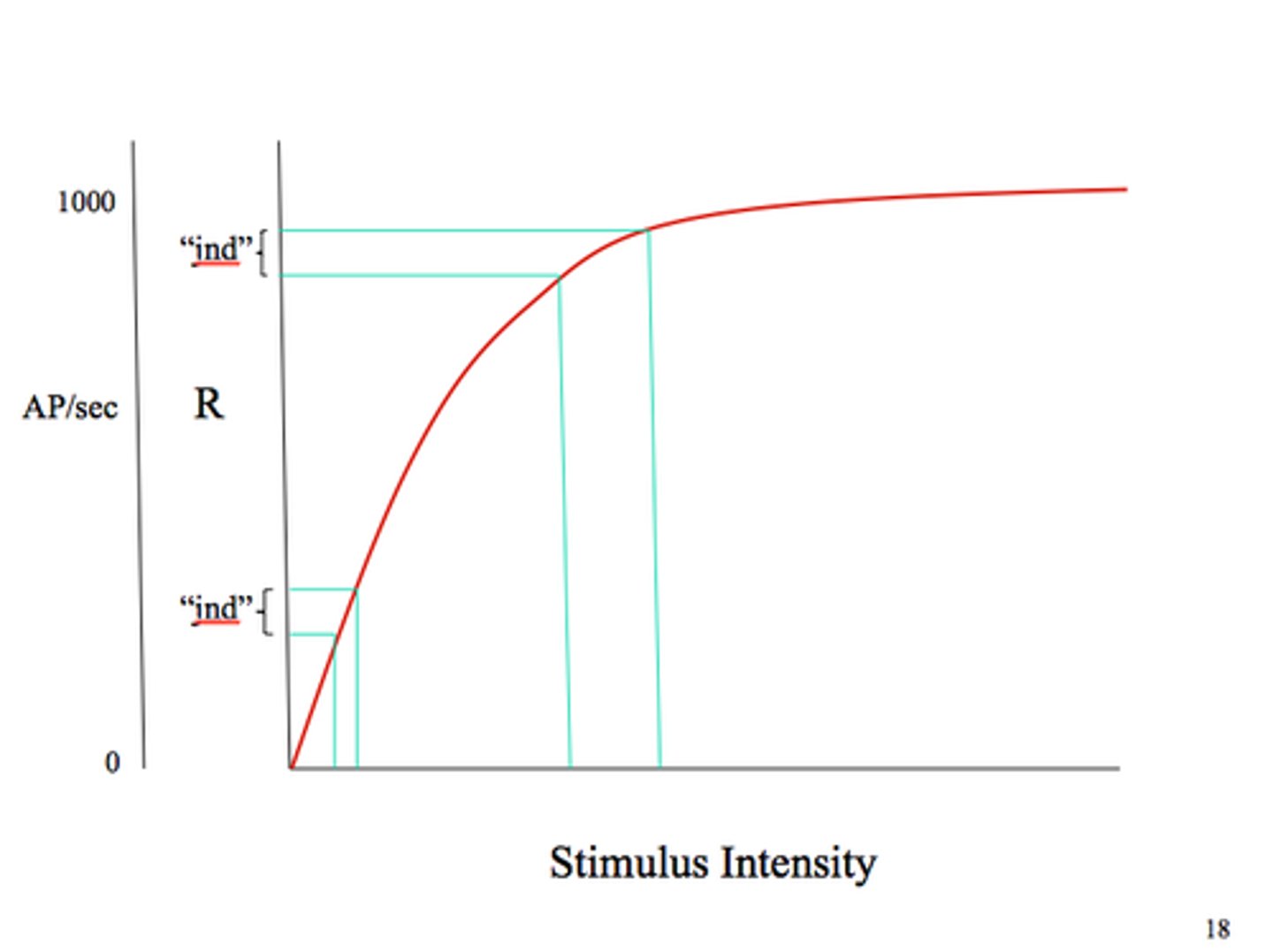
signal detection theory
Theory predicting how and when we detect the presence of a faint stimulus (signal) amid background stimulation (noise). Assumes there is no single absolute threshold and that detection depends partly on individual differences including a person's experience, expectations, motivation, and alertness.
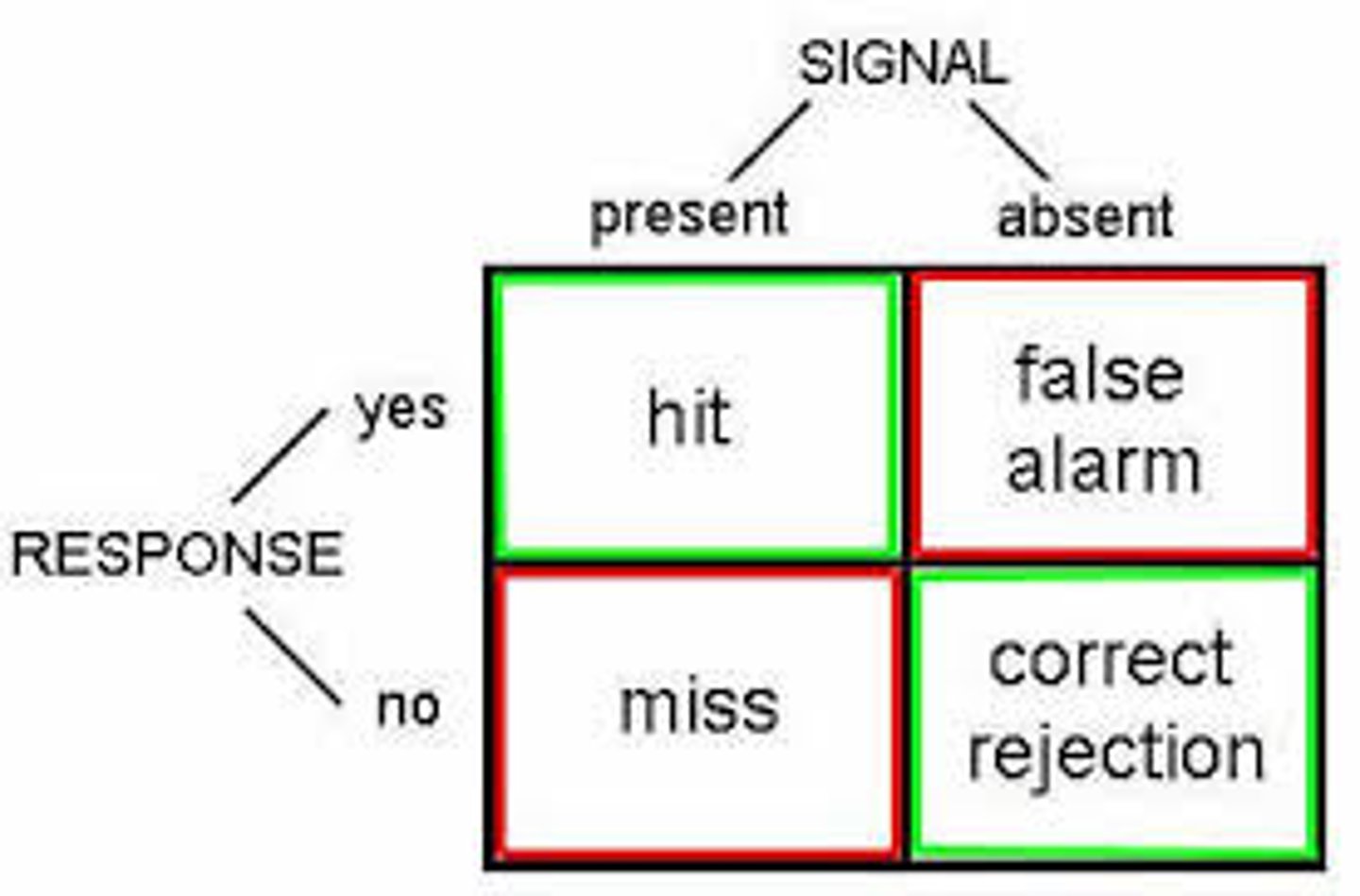
Foveal vision
Part of our vision that is the sharpest. It occurs in the central part of the retina where cones are predominant.

feature detectors
Nerve cells in the brain that respond to specific features of the stimulus, such as shape, angle, or movement
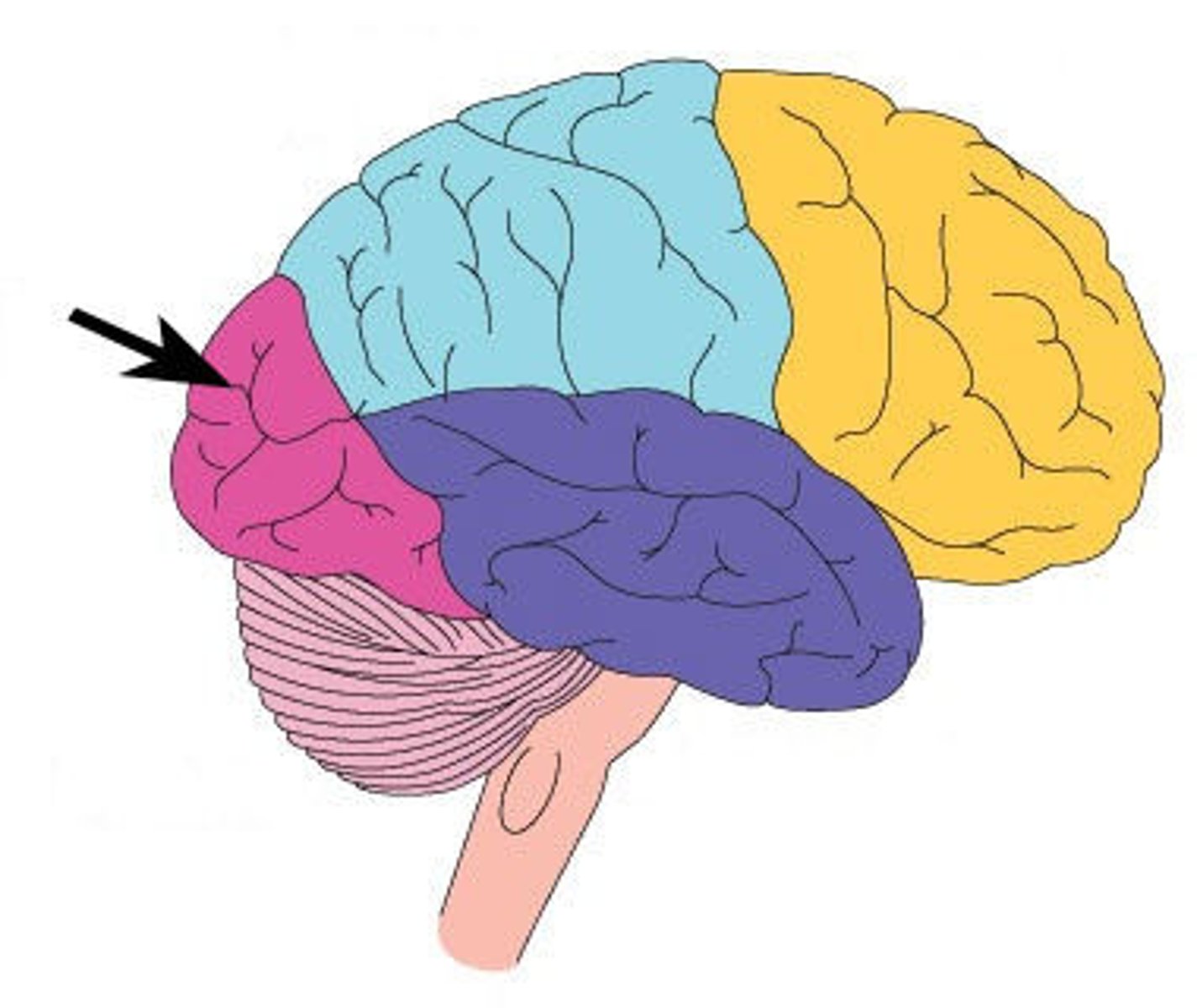
parallel processing
Brain's natural mode of information processing for many functions, including vision. In vision, the processing of features such as color, movement, and depth all simultaneously
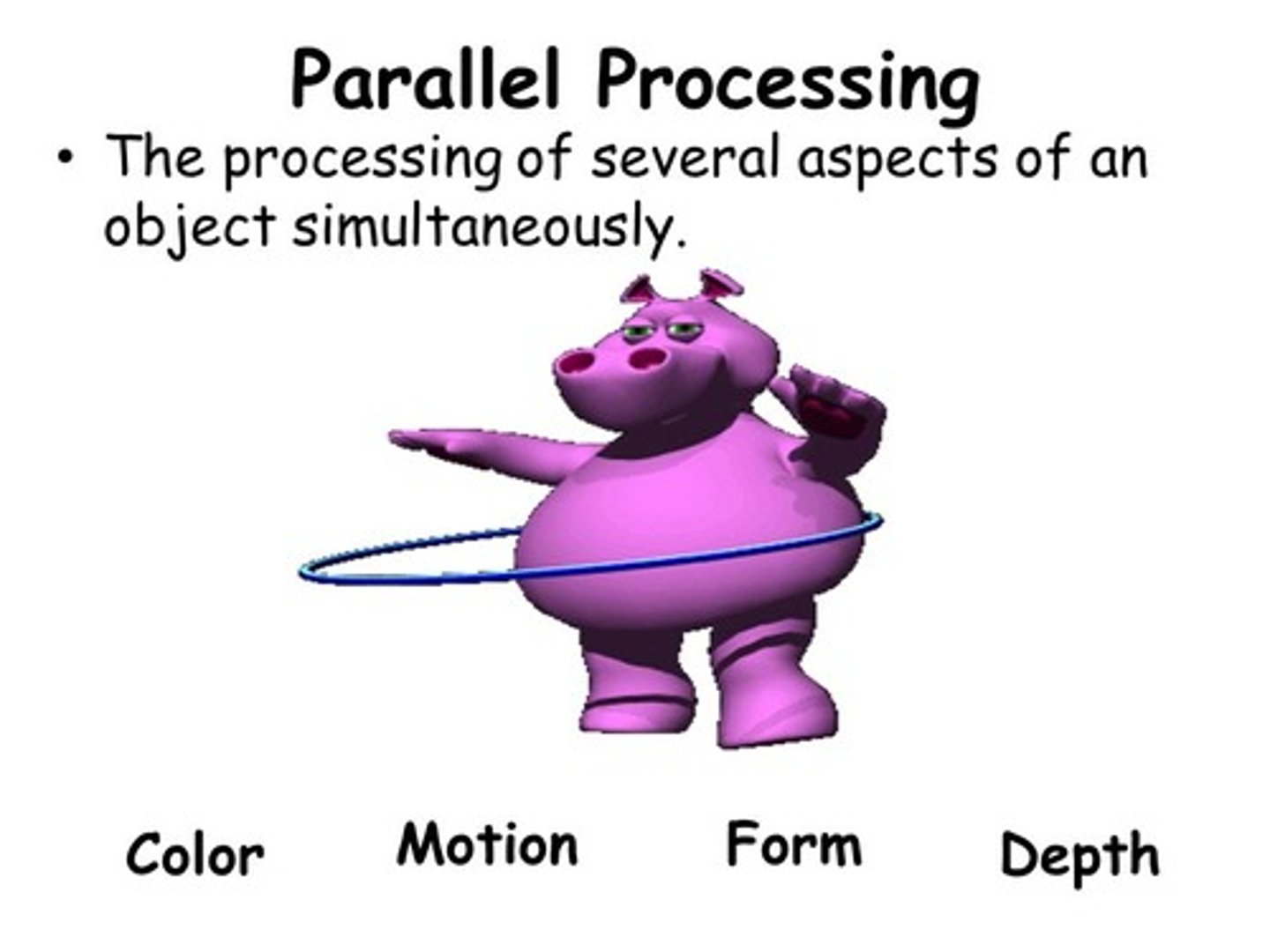
trichromatic theory
Idea that color vision is based on the activity and stimulation of three types of cones (red, green, and blue)
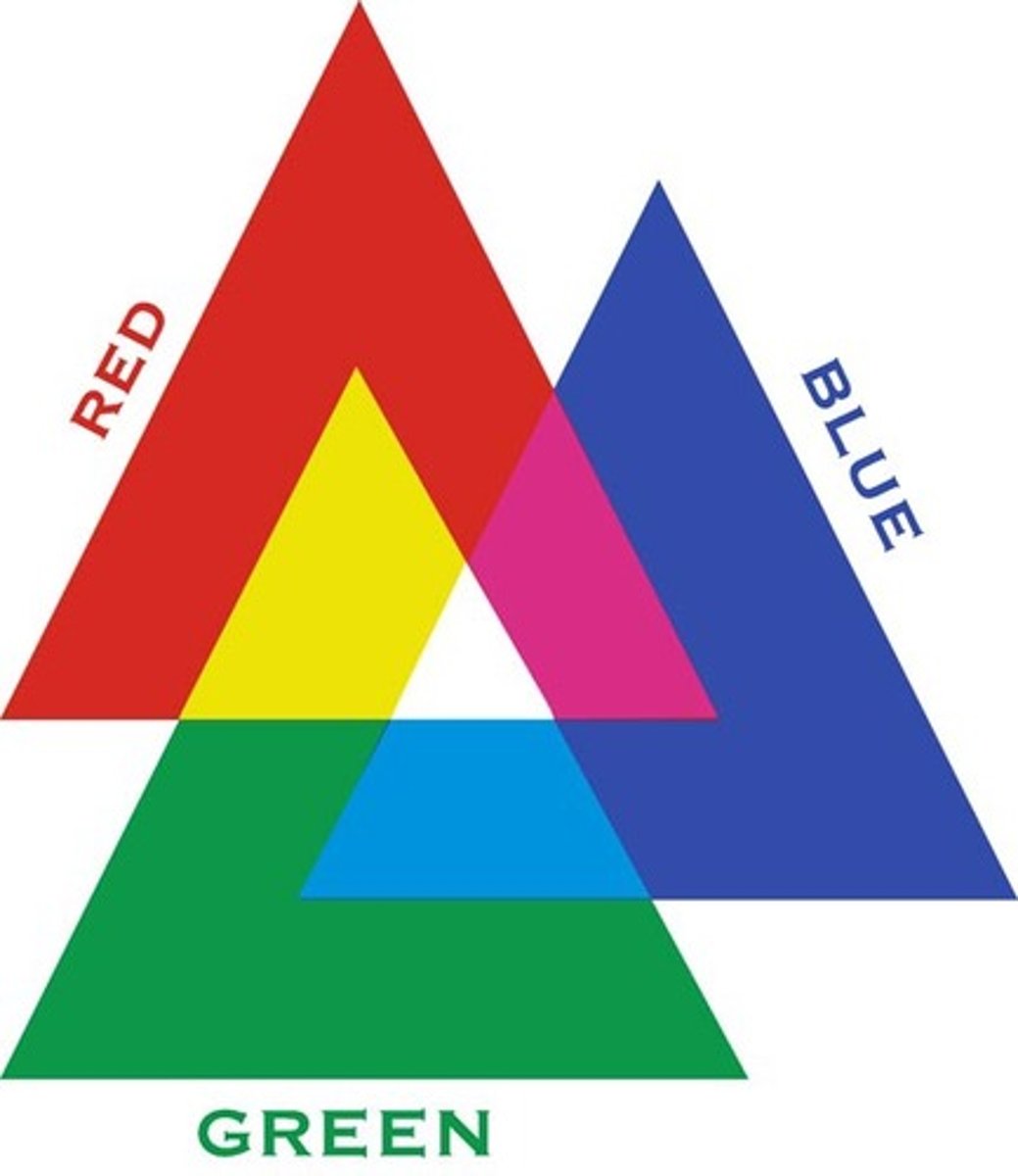
Opponent-processing theory
Theory that opposing retinal processes (red-green, yellow-blue, white-black) impact color vision. For example, some cells are stimulated by green and inhibited by red; others are stimulated by red and inhibited by green
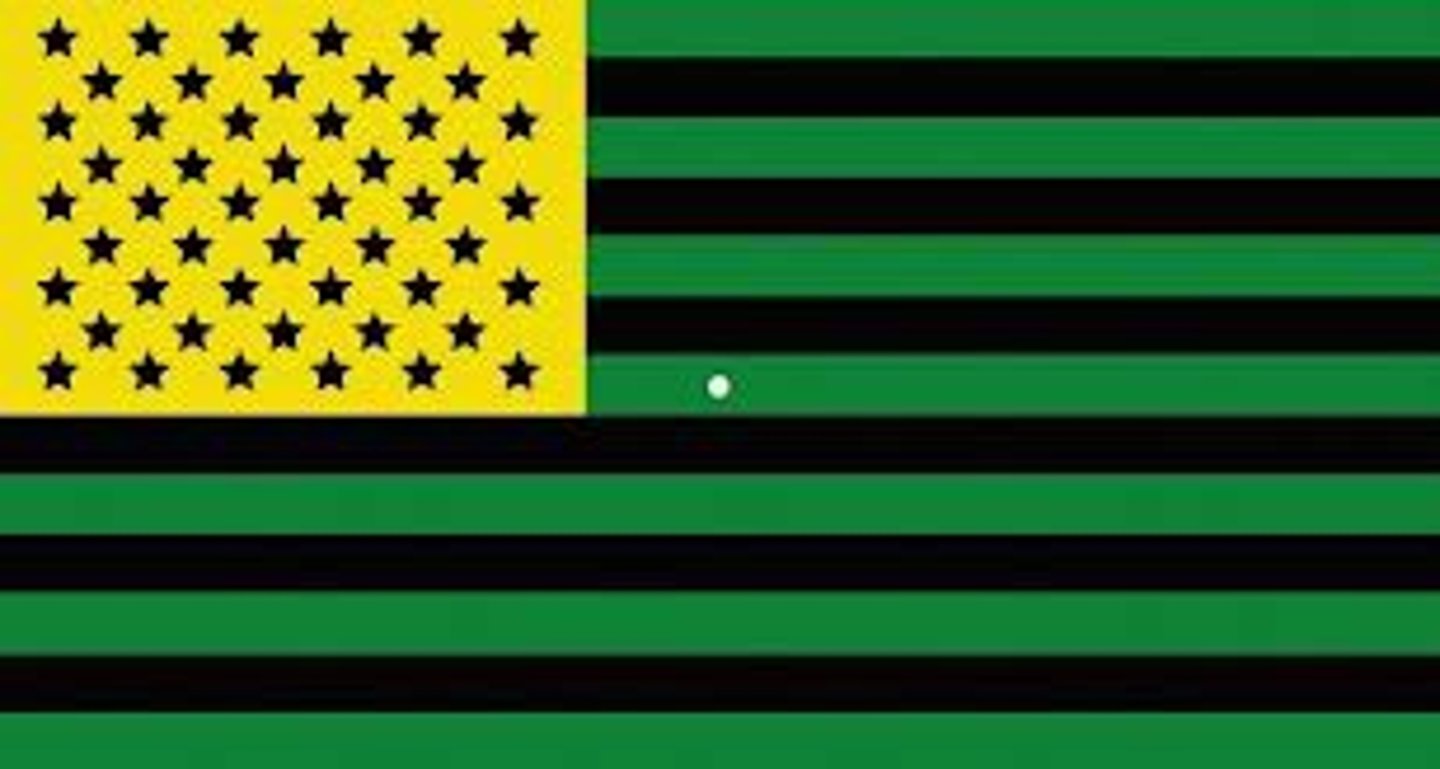
afterimage effect
When the eye sees the complementary color of something that the viewer has spent an extended time viewing
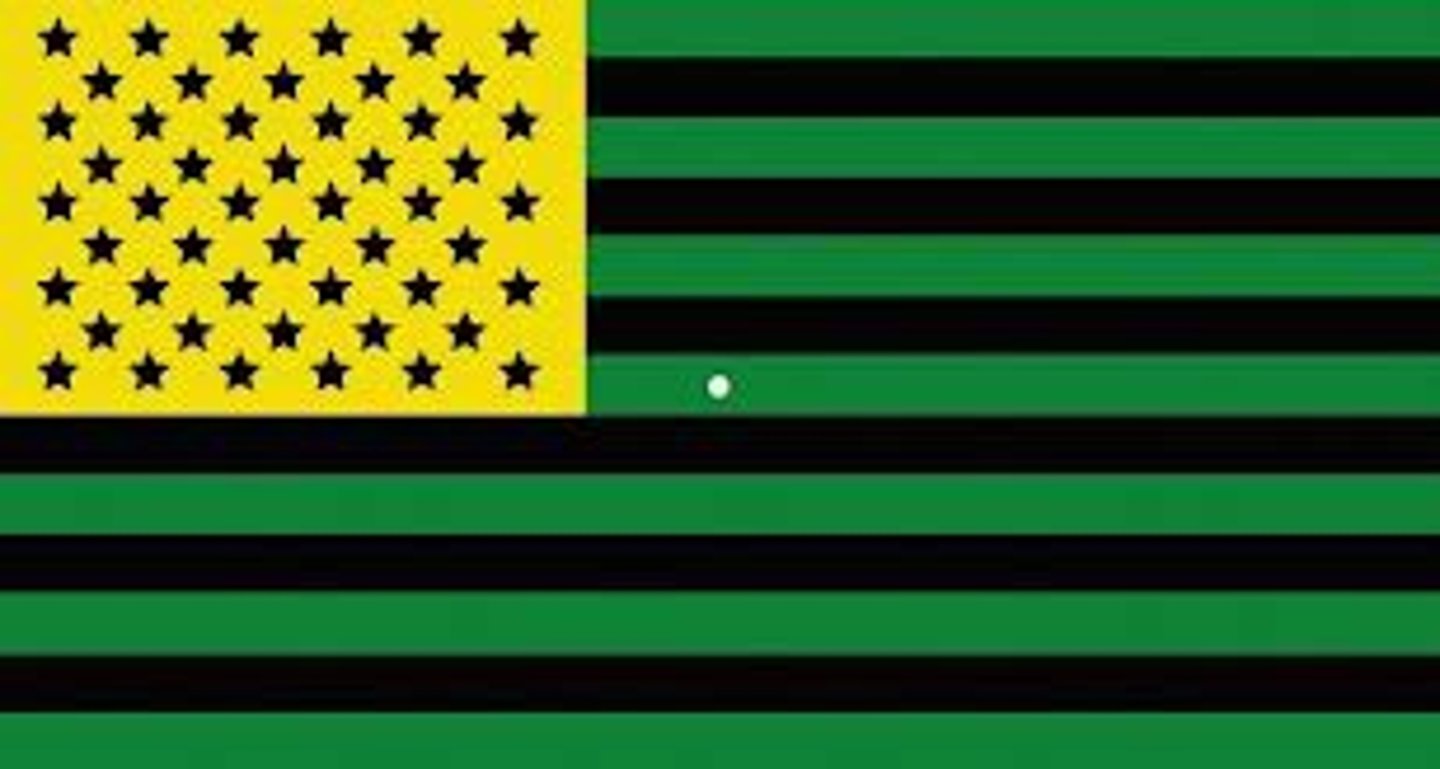
Helmholtz place theory
Certain hair-like cells along basilar membrane in cochlea are linked to certain pitches (based on location of cell)
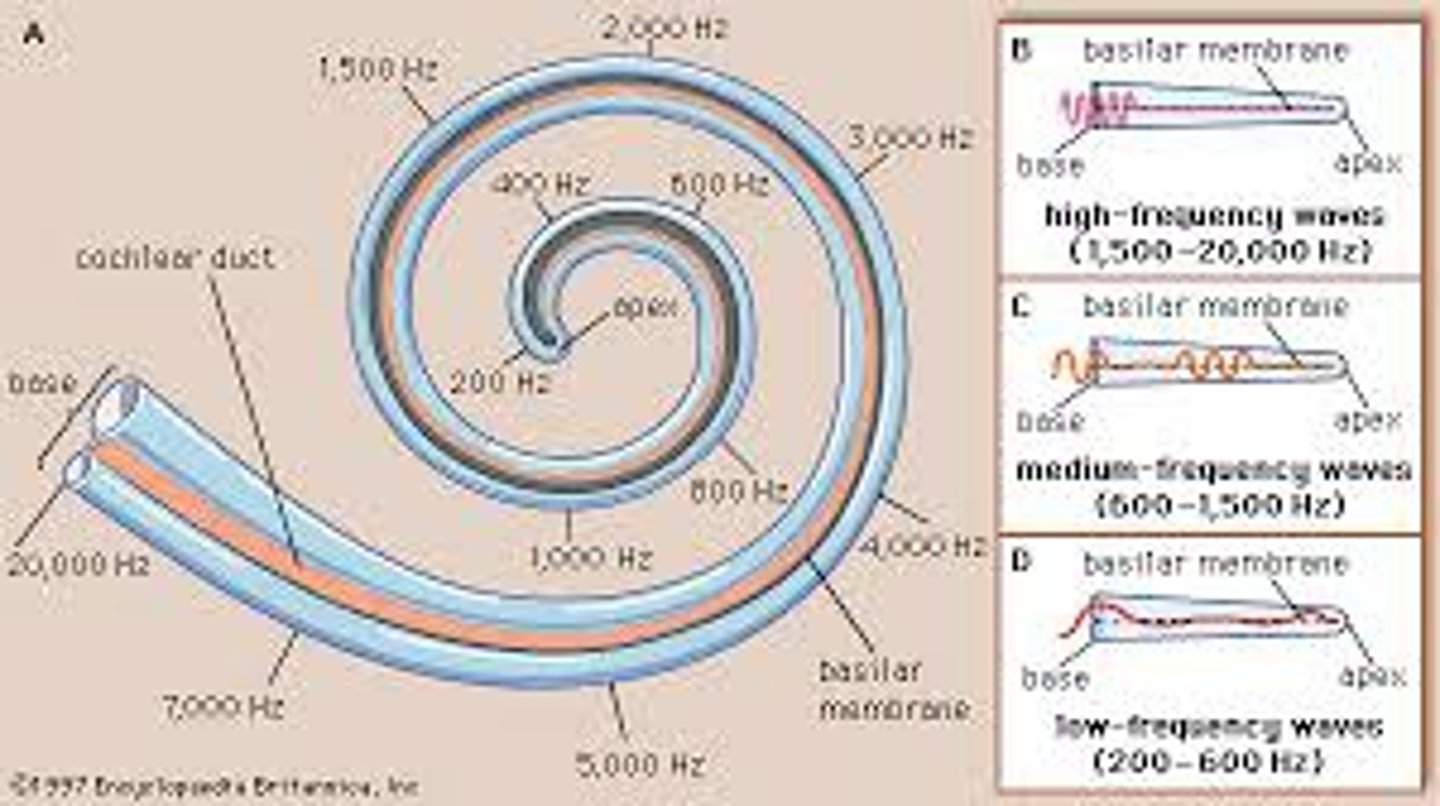
Frequency theory
Theory of pitch that states that pitch is related to the speed of vibrations in the basilar membrane. Pitch that we perceive is impacted by how often cell is stimulated (frequency)
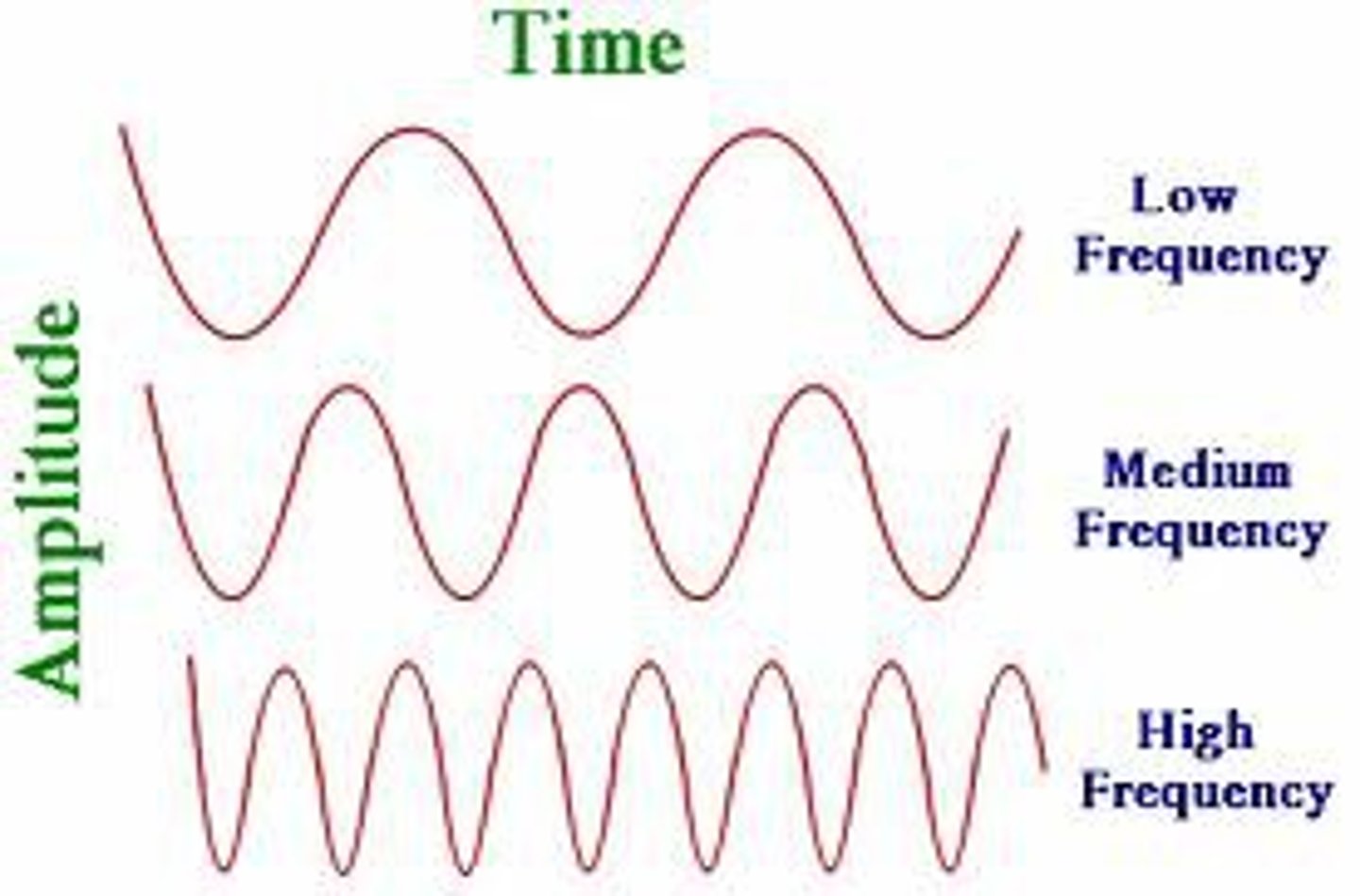
vestibular system
3 semicircular canals that provide the sense of balance, located in the inner ear
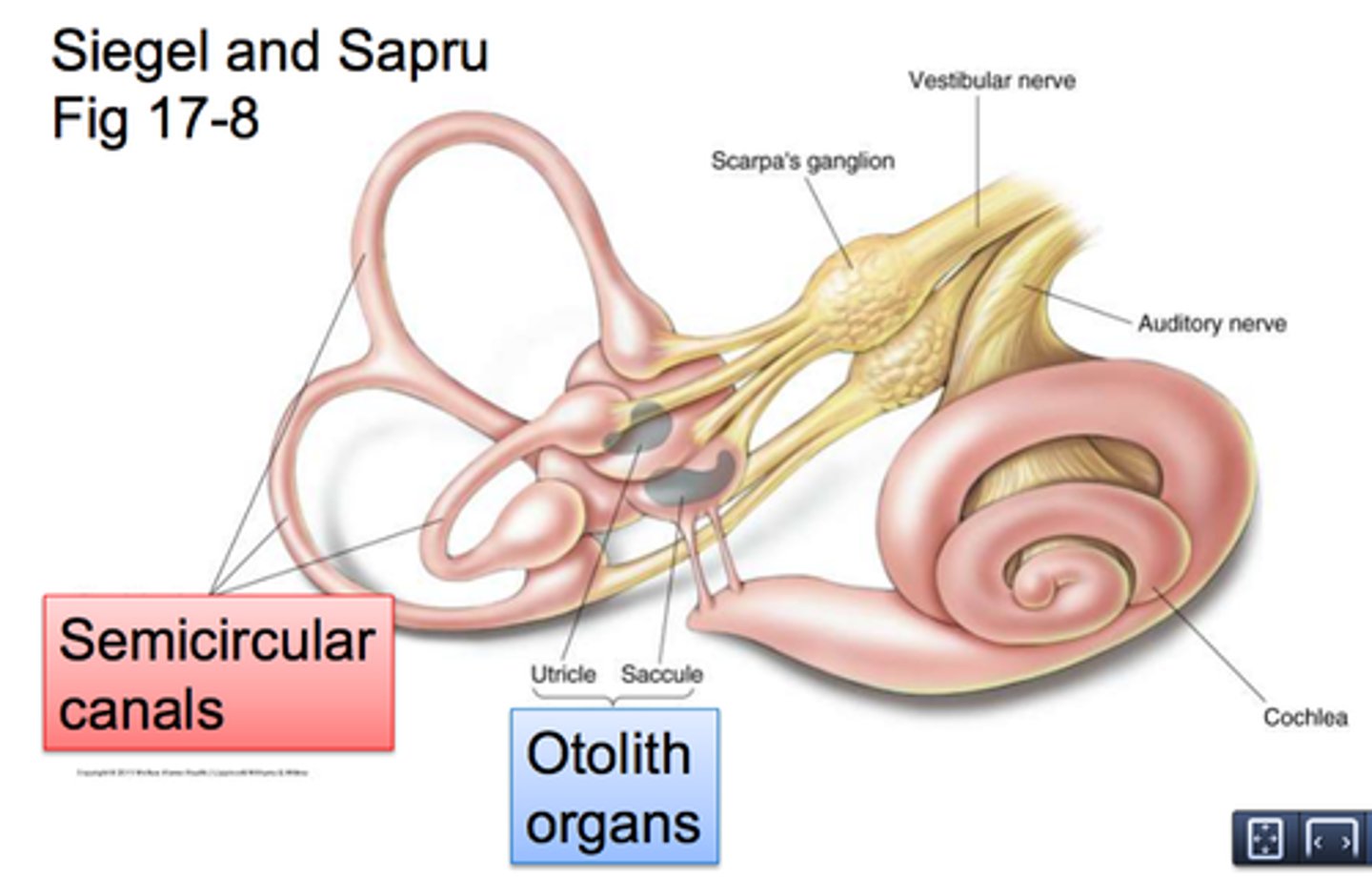
sound localization
Process by which you determine the location of a sound - influenced by the timing at which sounds hit each of your two ears
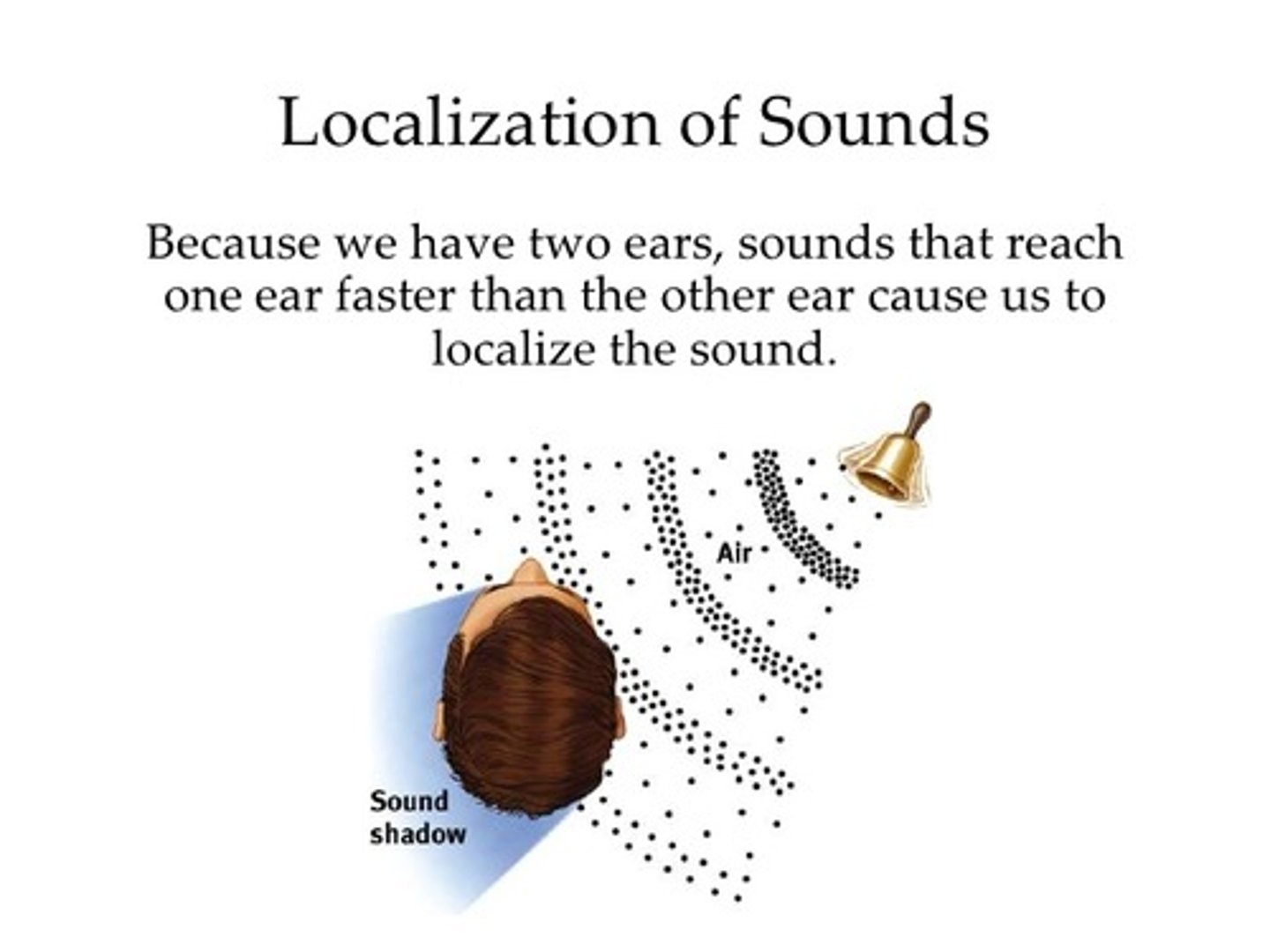
conduction hearing loss
Hearing loss caused by damage to the mechanical system (eardrum and ossicles) that conducts sound waves to the inner ear (cochlea)
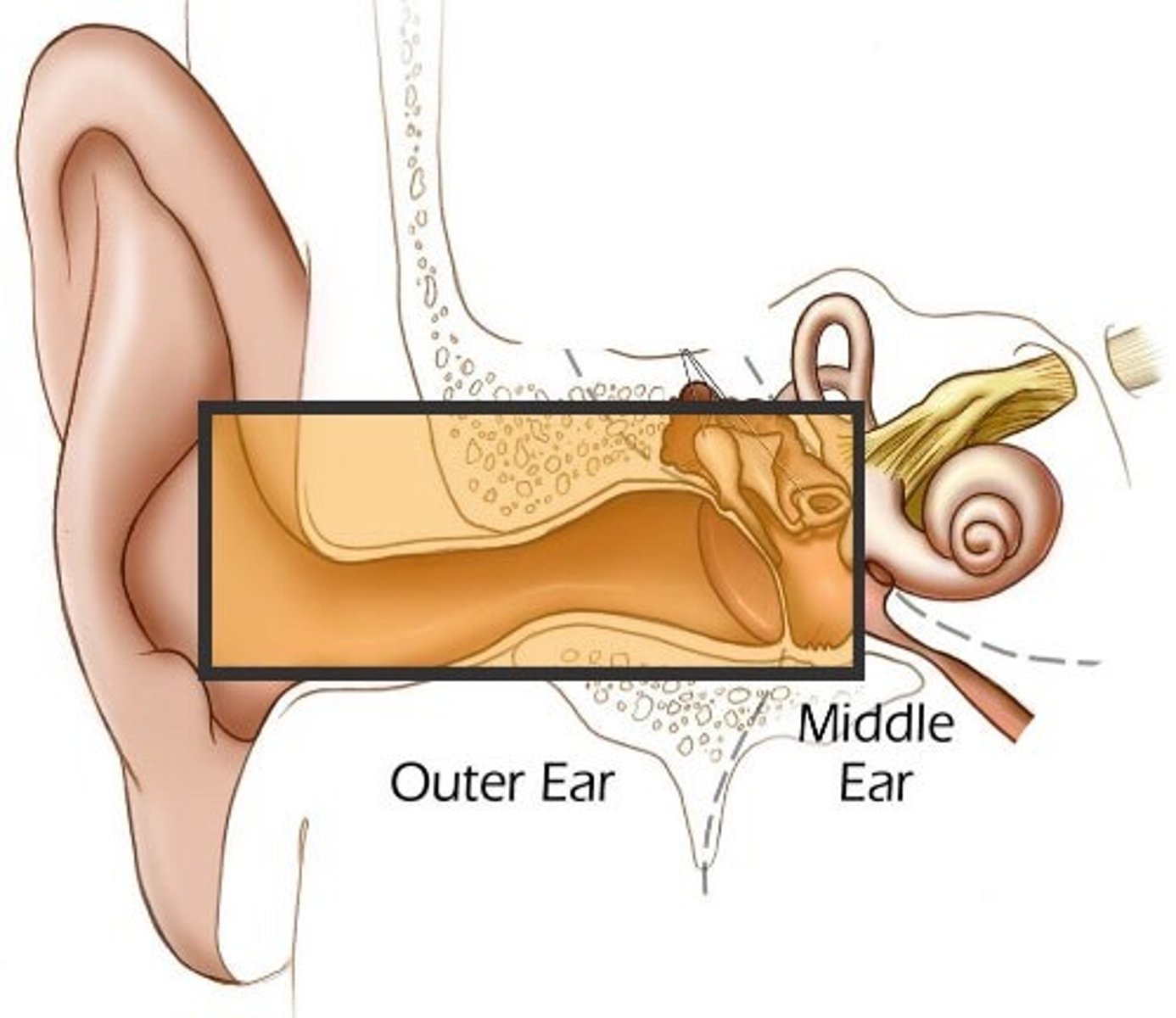
sensorineural hearing loss
Hearing loss caused by damage to the inner ear (cochlea's receptor cells or to the auditory nerves); also called nerve deafness
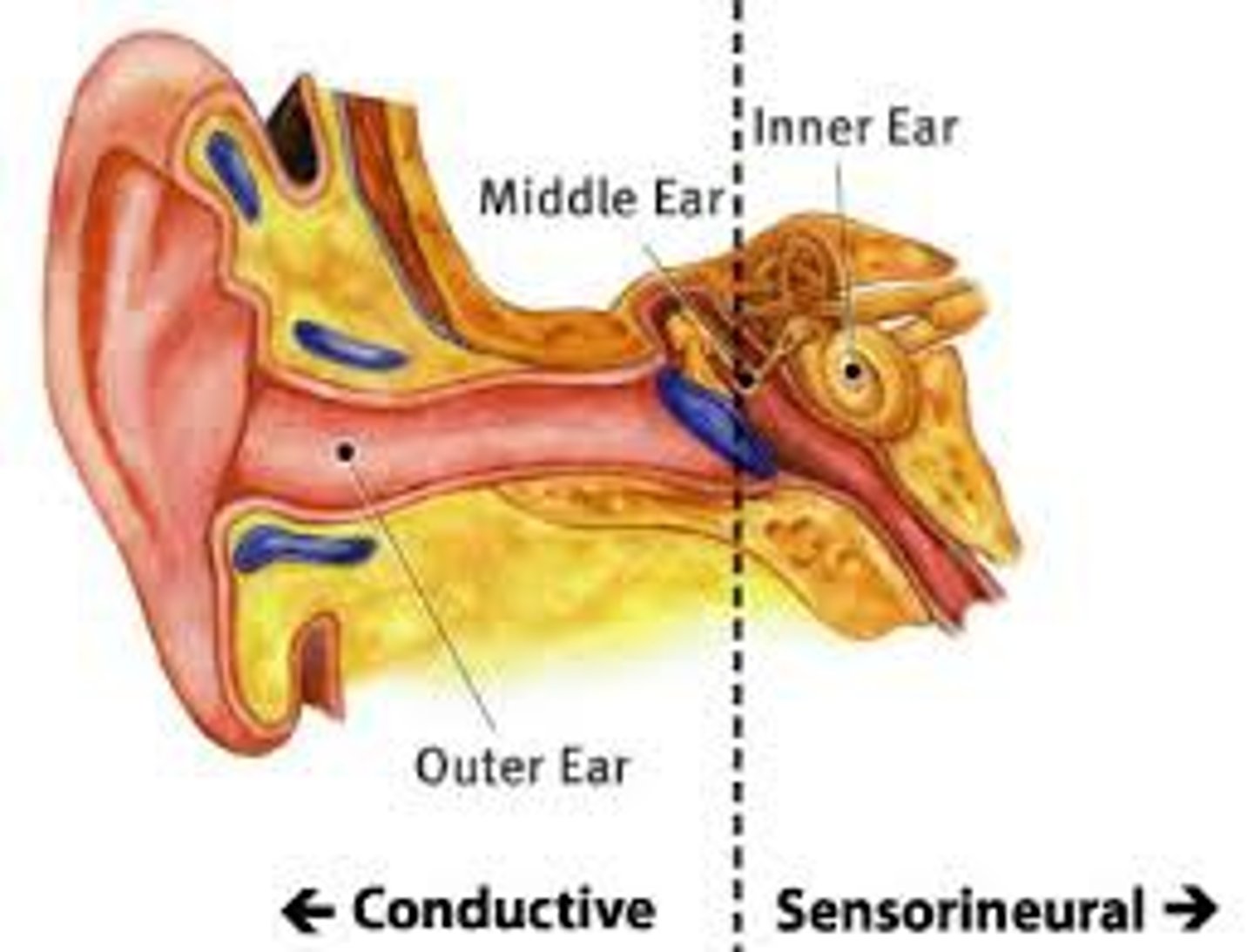
transduction
Conversion of one form of energy into another. In sensation, the transforming of stimulus energies, such as sights, sounds, and smells, into neural impulses (electrical signals) our brains can interpret.
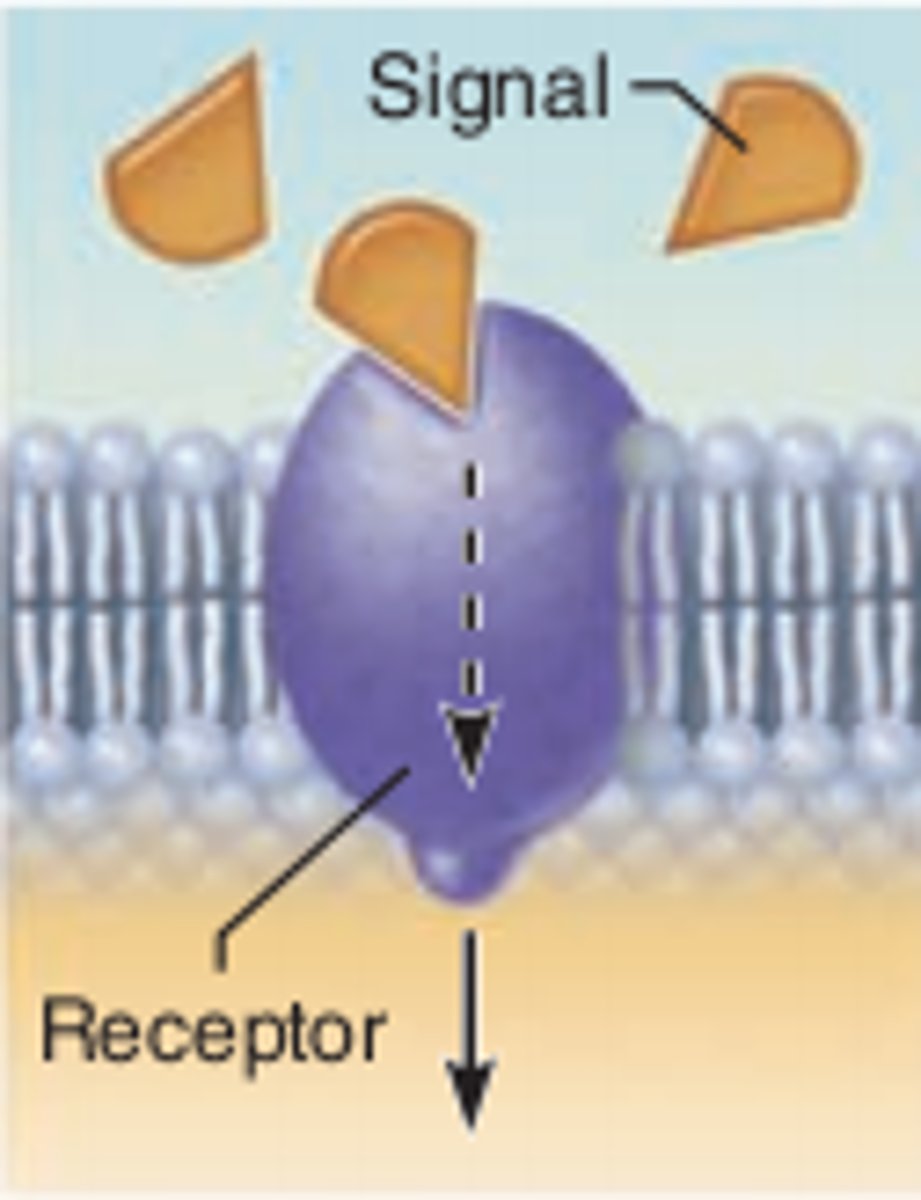
sensory interaction
Principle that one sense may influence another, as when the smell of food influences its taste
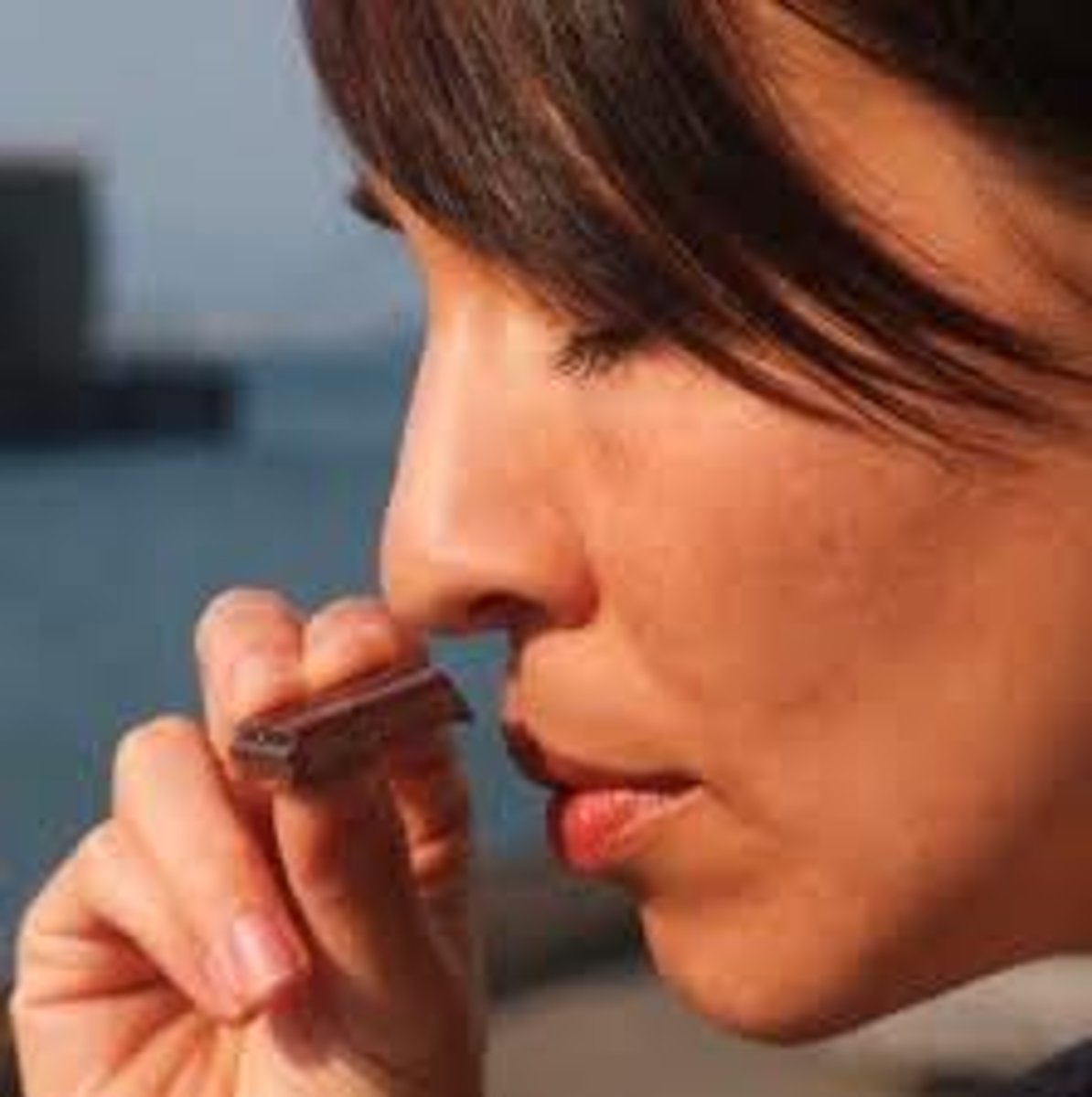
sensory adaptation
Tendency of sensory receptor cells to become less responsive to a stimulus that is unchanging
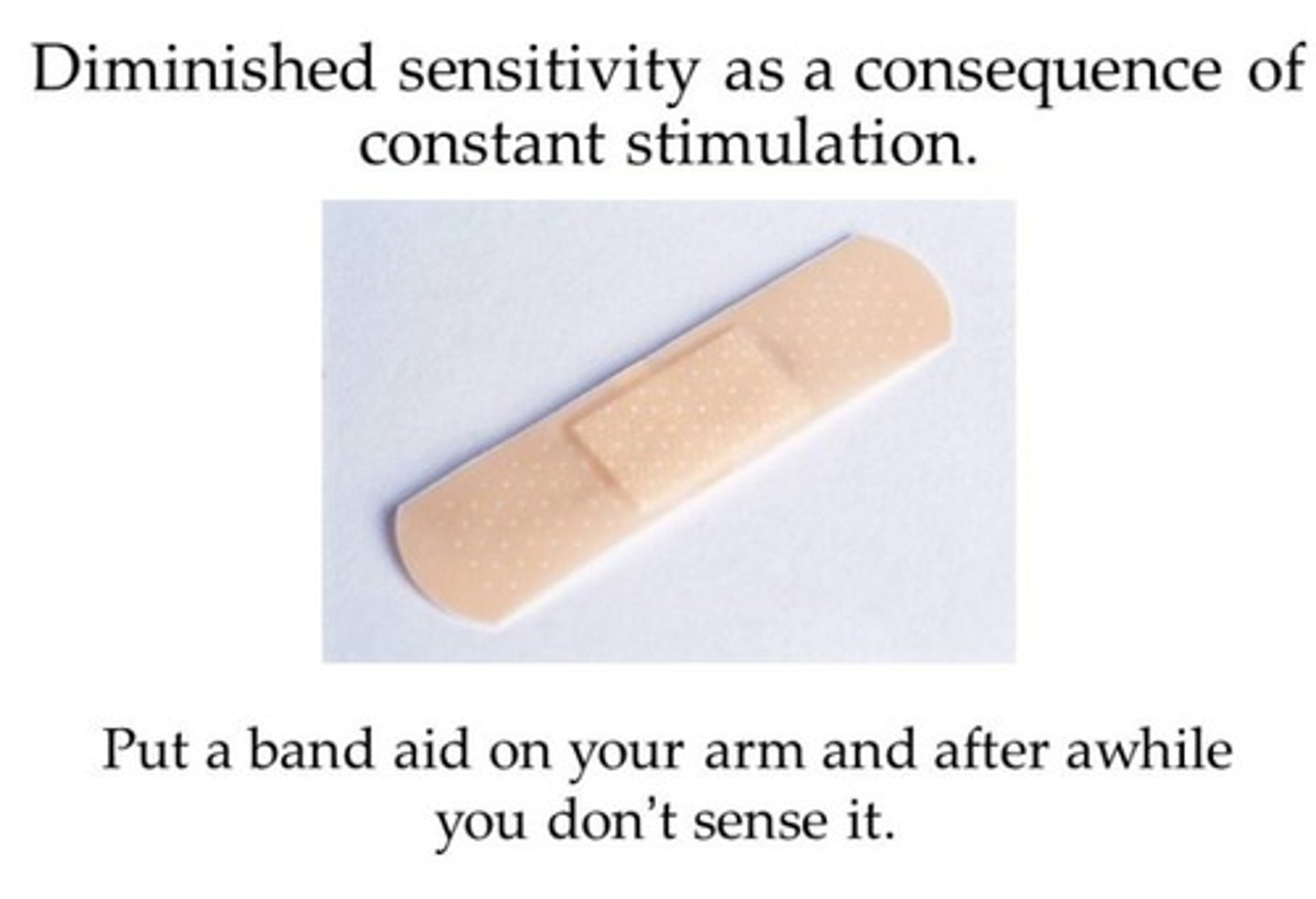
perceptual adaptation
In vision, the ability to adjust to an artificially displaced or even inverted visual field
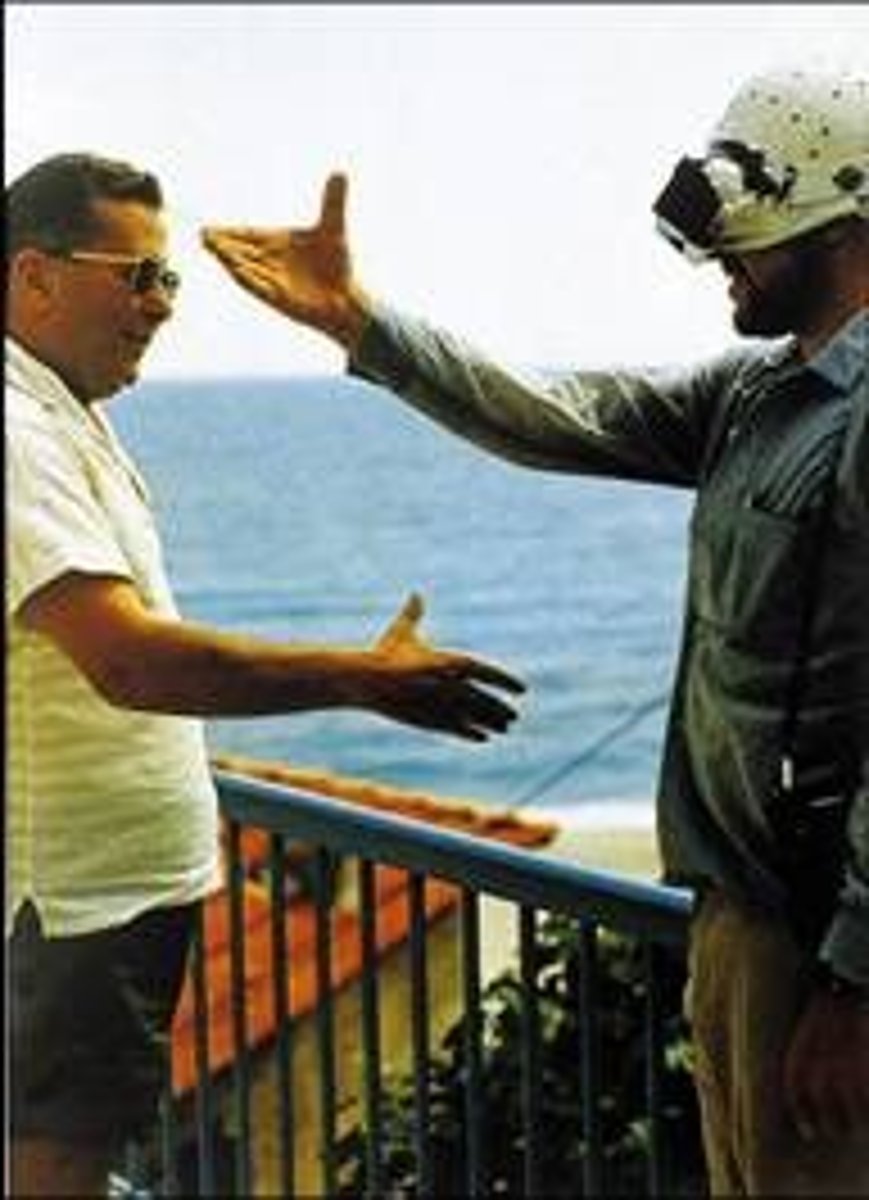
gate control theory
Theory that spinal cord contains a neurological "gate" that blocks pain signals or allows them to pass on to the brain. The "gate" is opened by the activity of pain signals traveling up small nerve fibers and is closed by activity in larger fibers or by information coming from the brain.
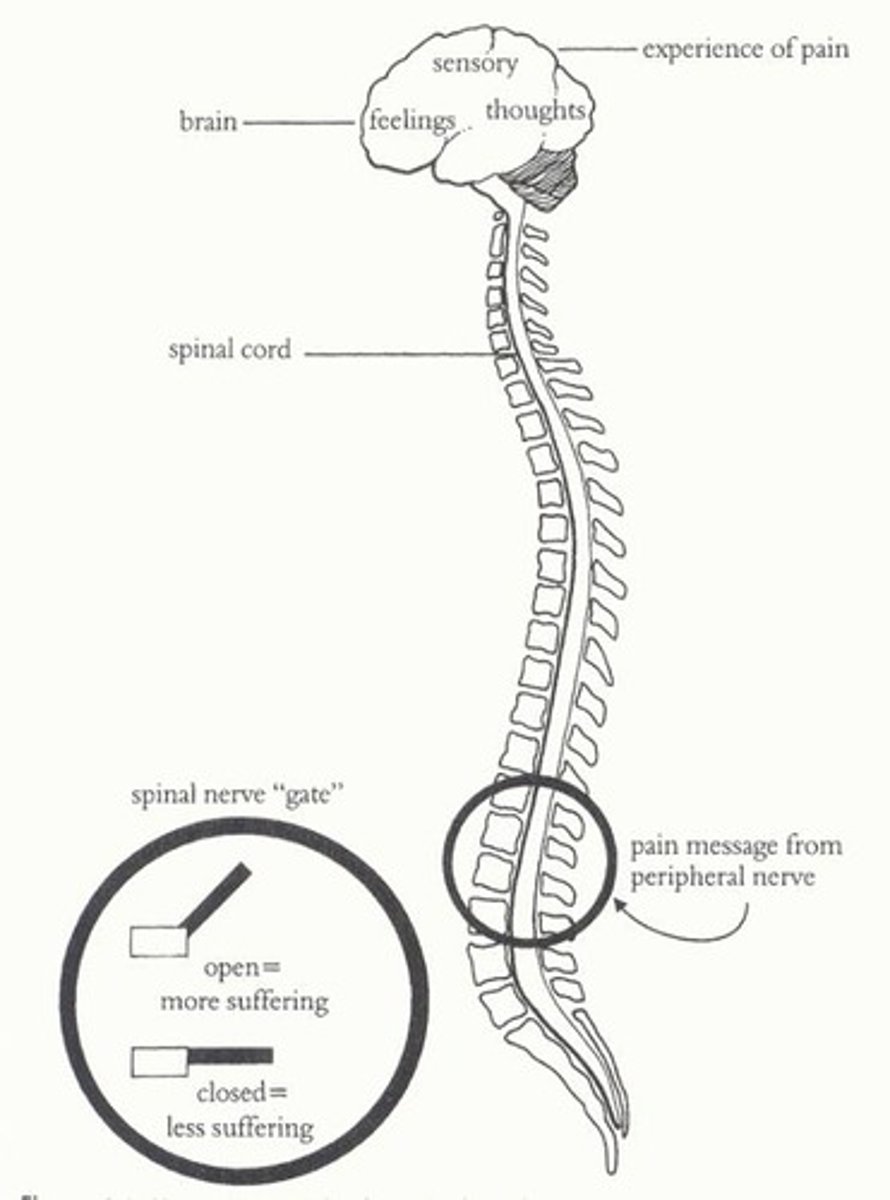
selective attention
Ability to focus on only one stimulus from among all sensory input
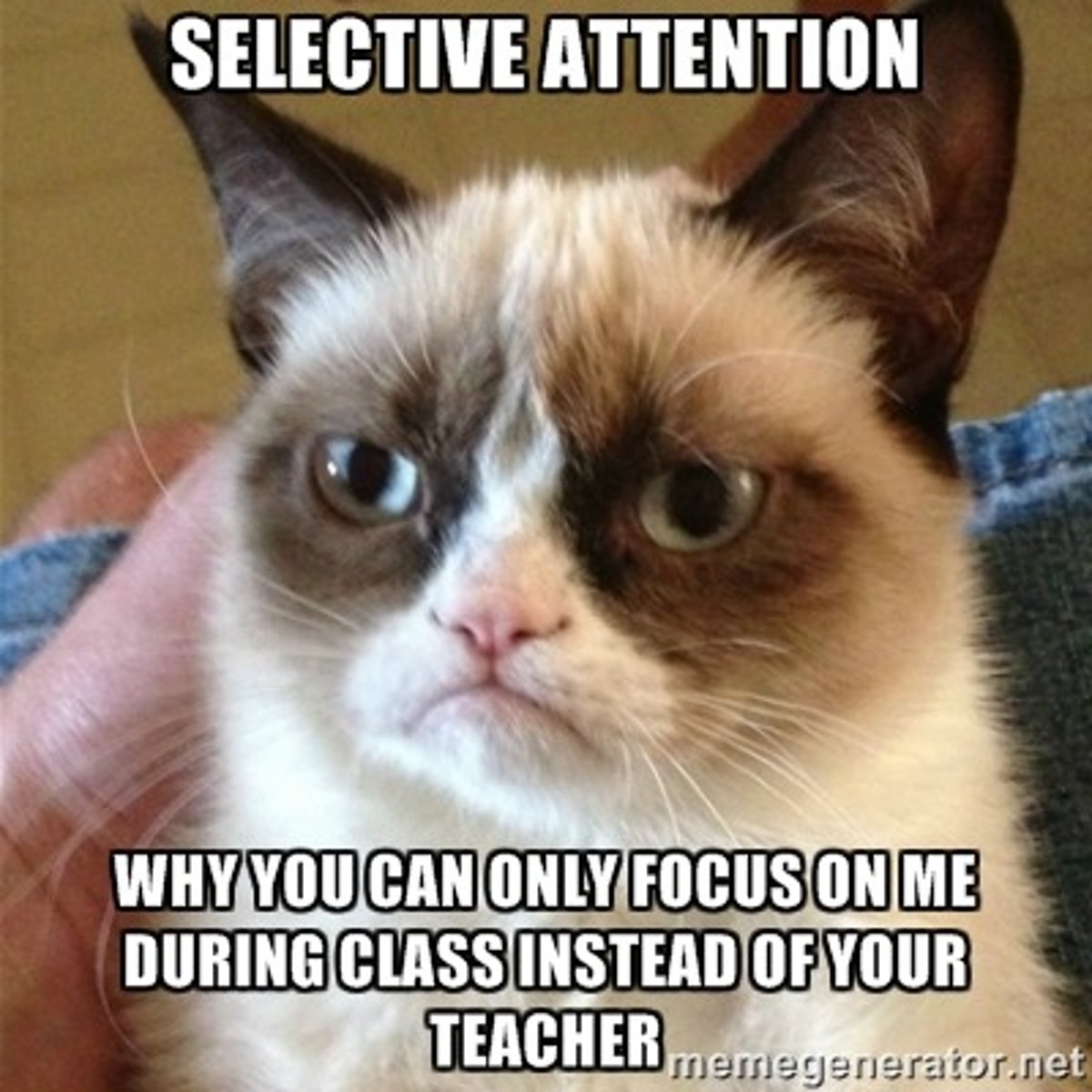
gestalt psychology
Psychological approach that emphasizes that we often perceive the whole rather than the sum of the parts
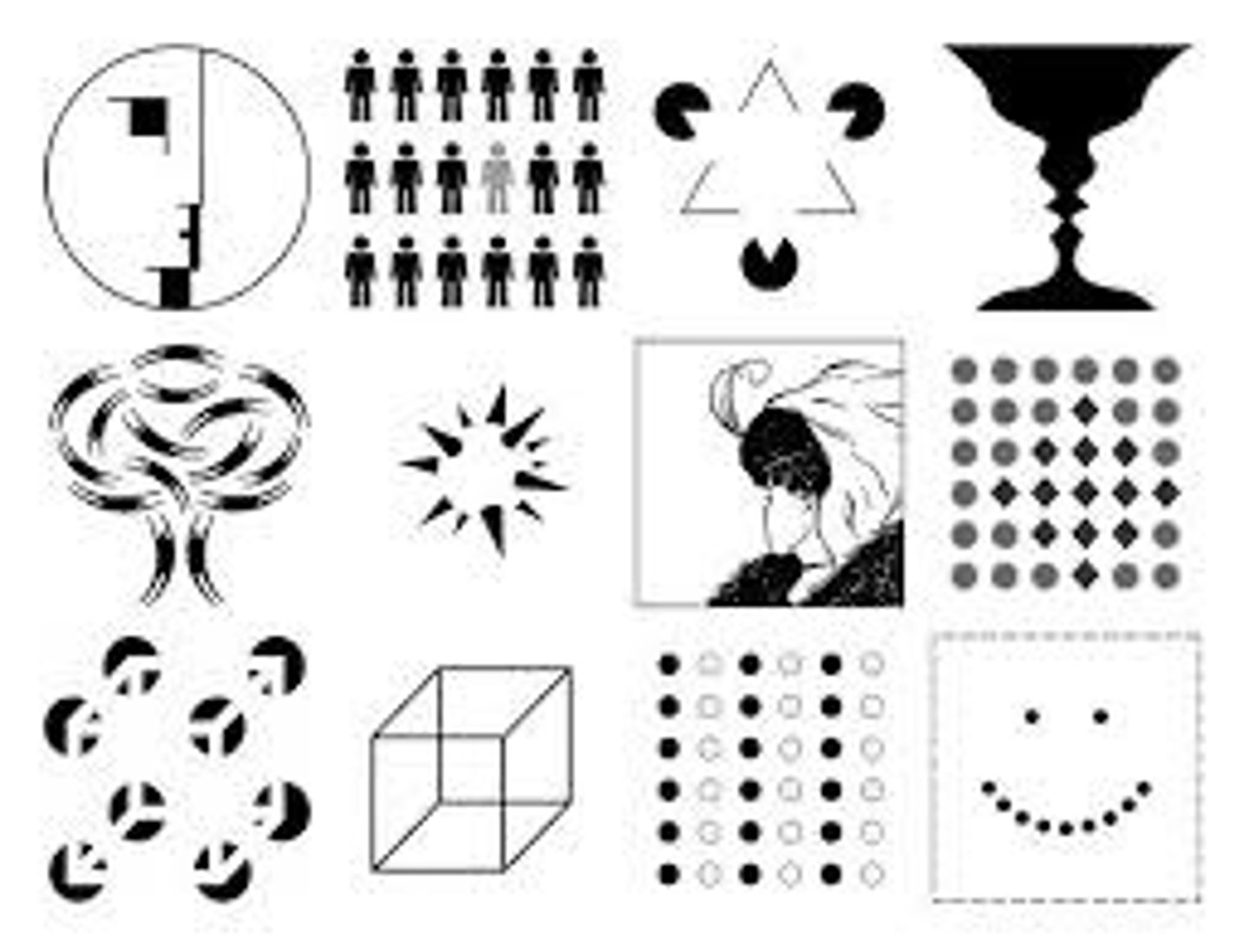
visual cliff
Laboratory device for testing depth perception in infants and young animals
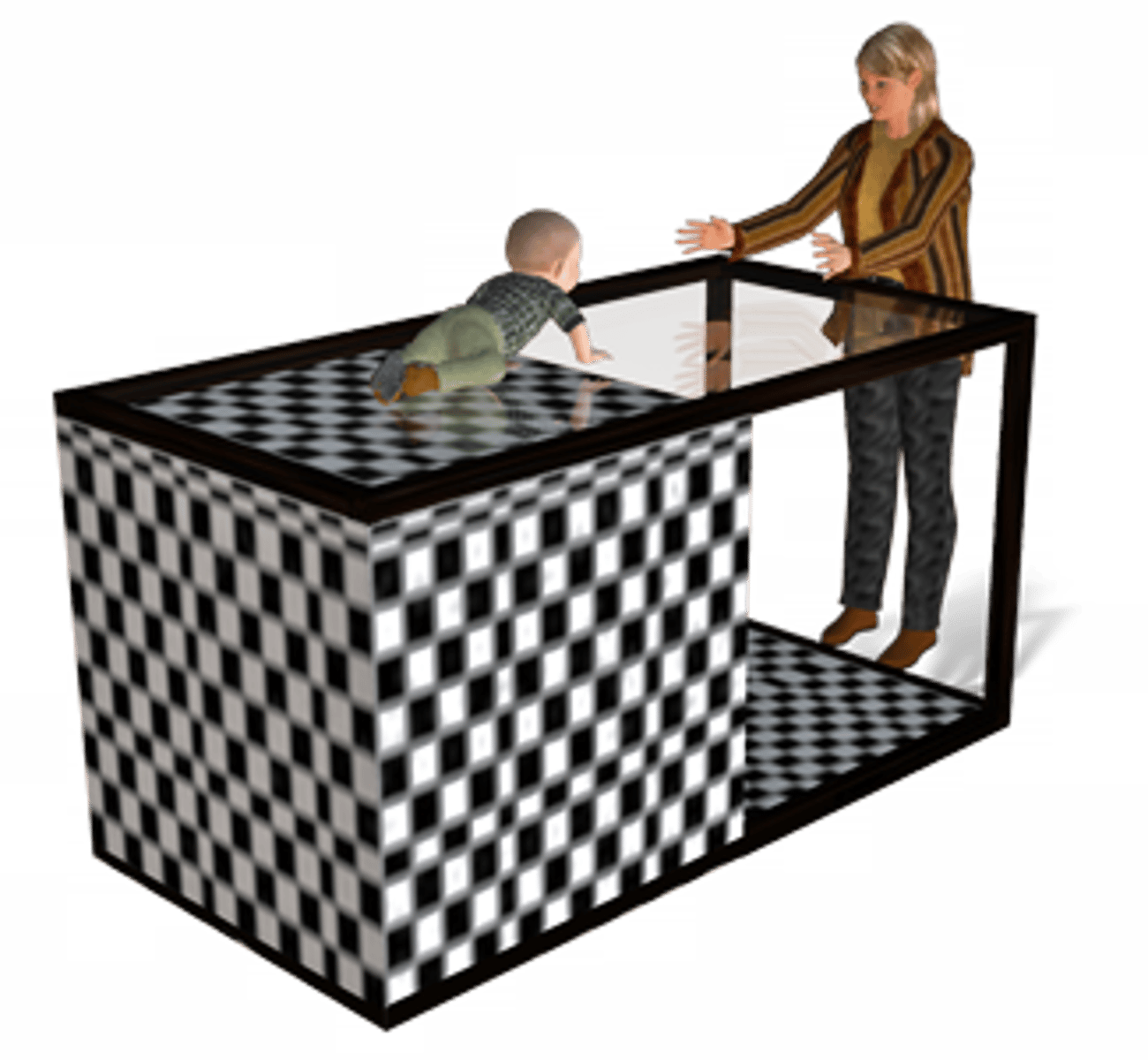
retinal disparity (binocular cue)
Binocular cue for perceiving depth based on how images from the two eyes differ; the closer the object the larger the disparity (difference in images)
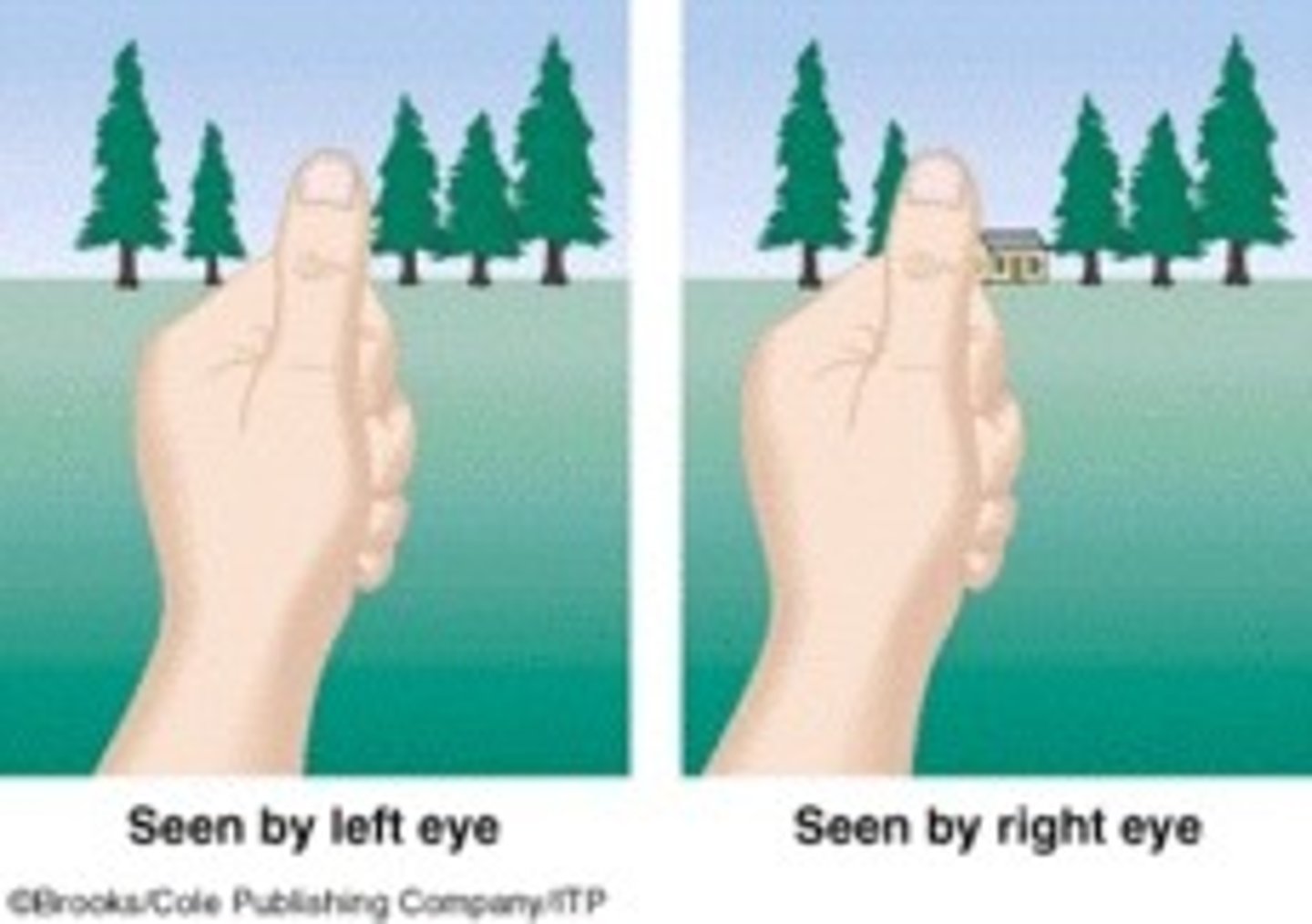
convergence
Binocular cue for perceiving depth; the extent to which the eyes converge inward when looking at an object
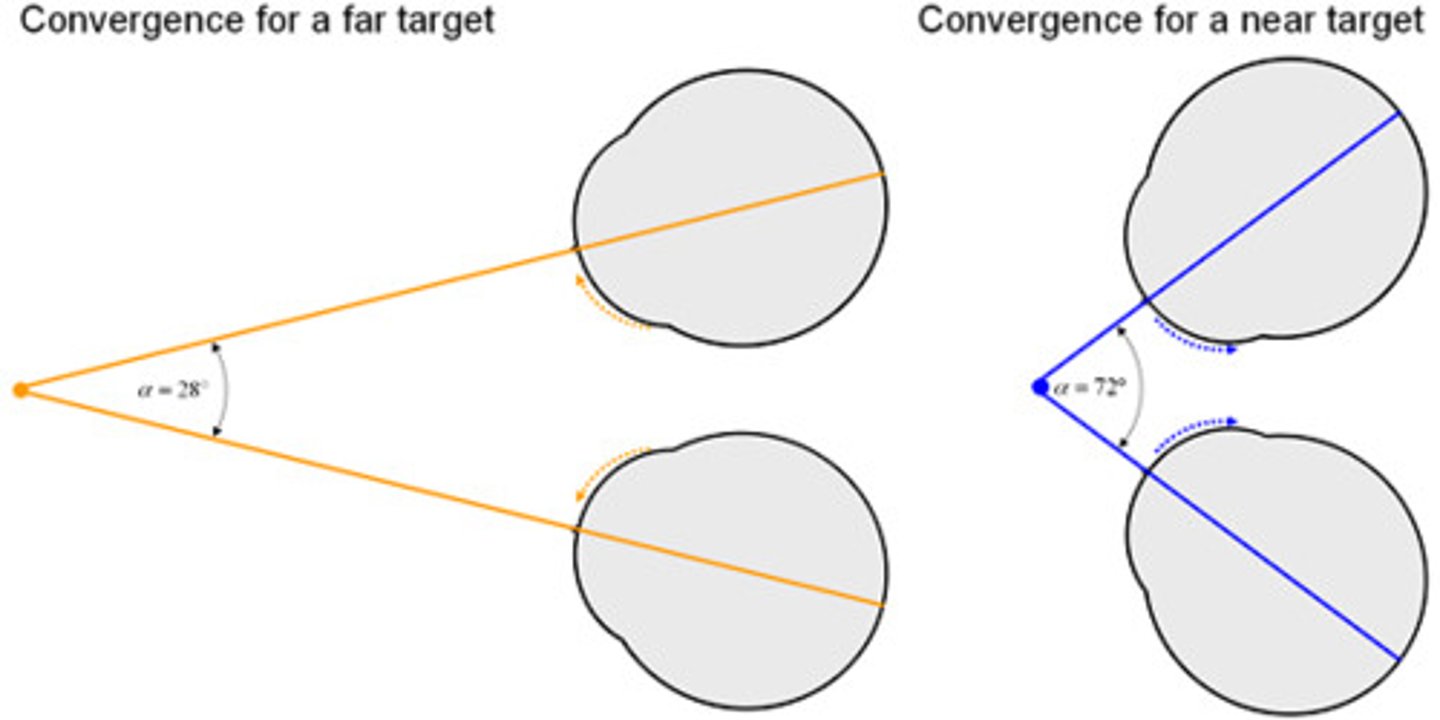
Interposition
Monocular depth cue - If one object partially blocks our view of another, we perceive it as closer
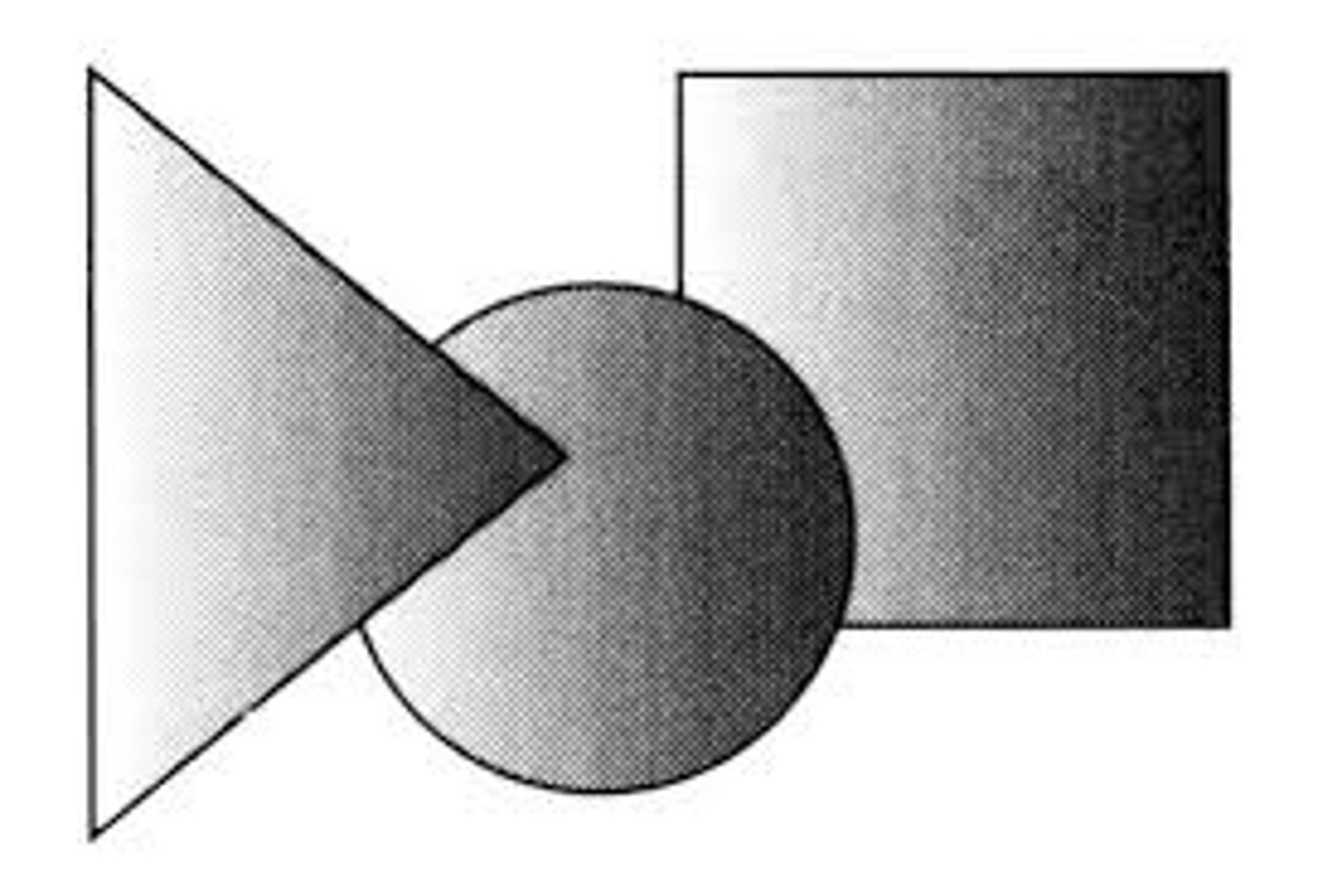
Muller-Lyer Illusion
Illusion of line length that is distorted by inward-turning or outward-turning corners on the ends of the lines, causing lines of equal length to appear to be different
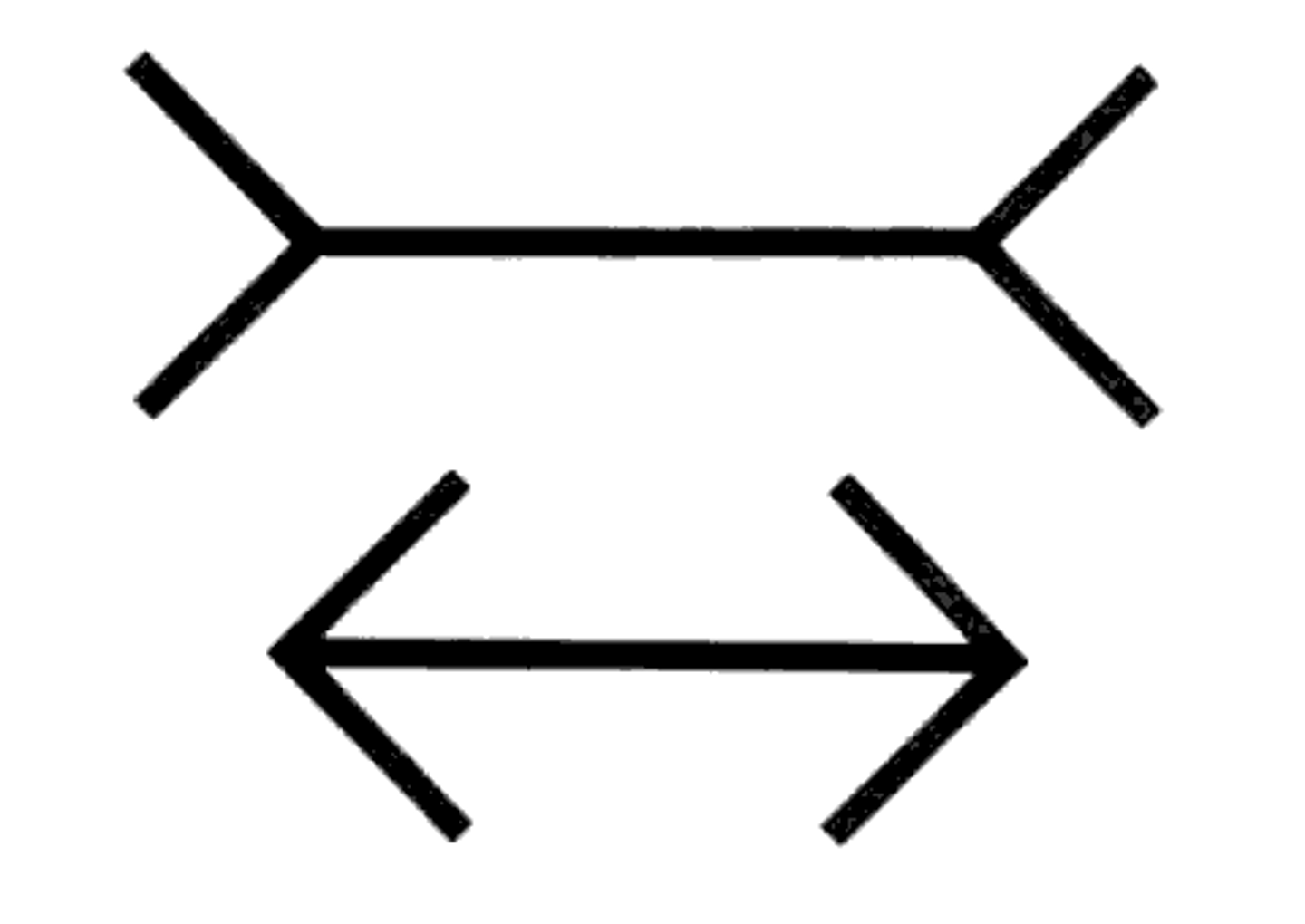
linear perspective (monocular cue)
Parallel lines appear to meet in the distance. The sharper the angle of convergence, the greater the perceived distance.

relative size
Monocular cue for perceiving depth; the smaller the retinal image is farther away the object is perceived
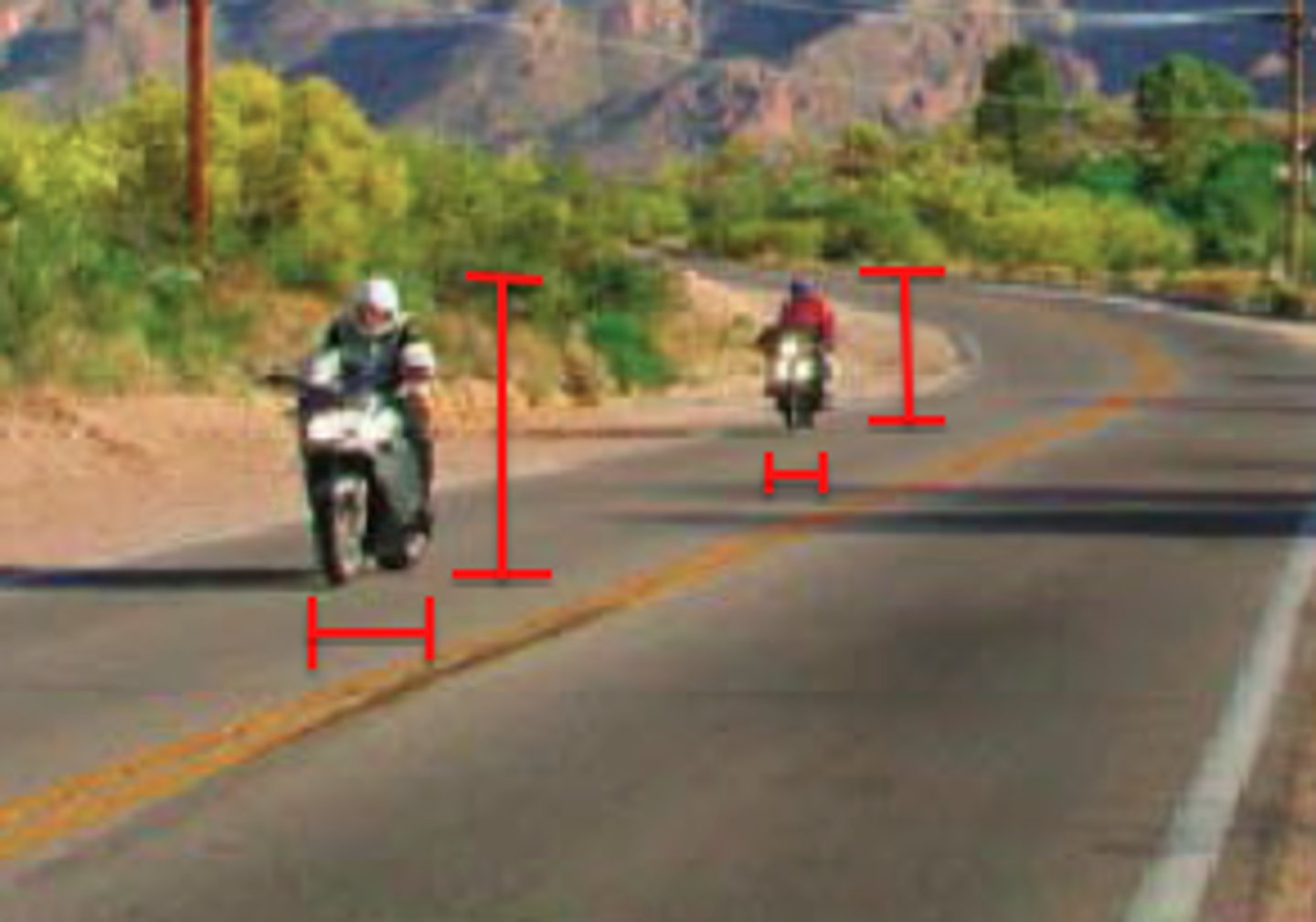
perceptual constancy
Perceiving objects as unchanging even as illumination and retinal images change (size constancy, shape constancy, & light constancy)
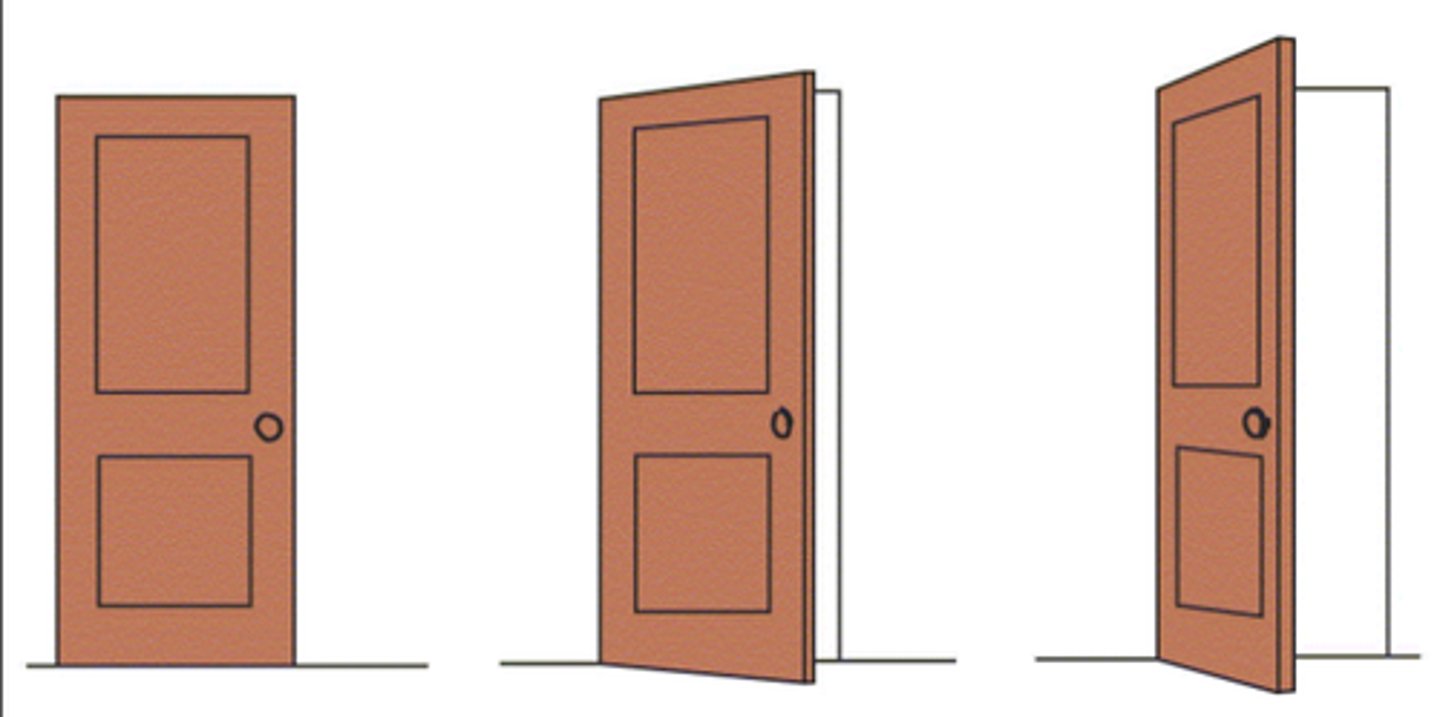
kinesthesis
System for sensing the position and movement of individual body parts - influenced by receptors in muscles, joints, and tendons
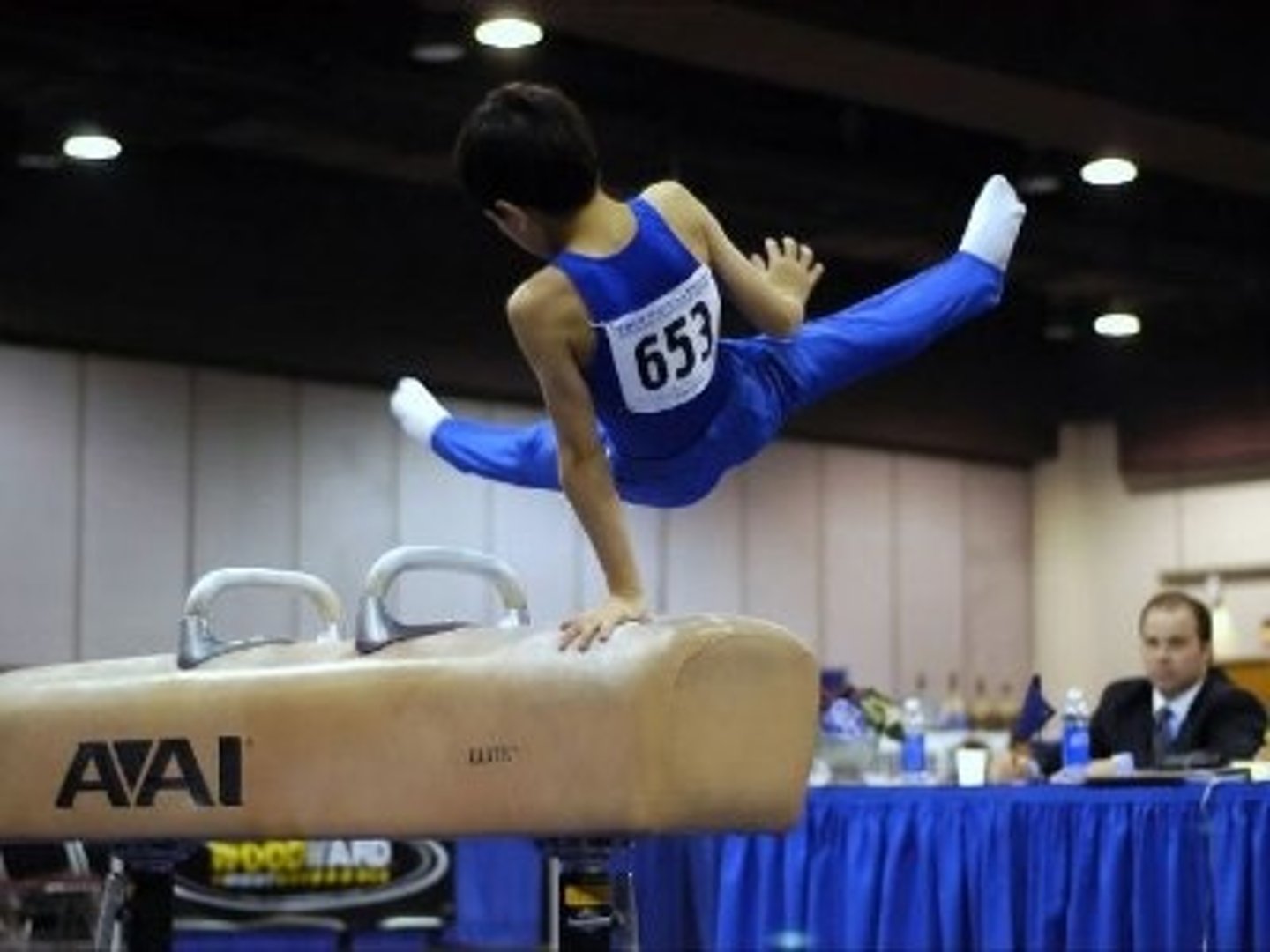
human factors psychology
Subfield of psychology that explores how people and machines interact based on human perceptual factors that influence the engineering and design of products.
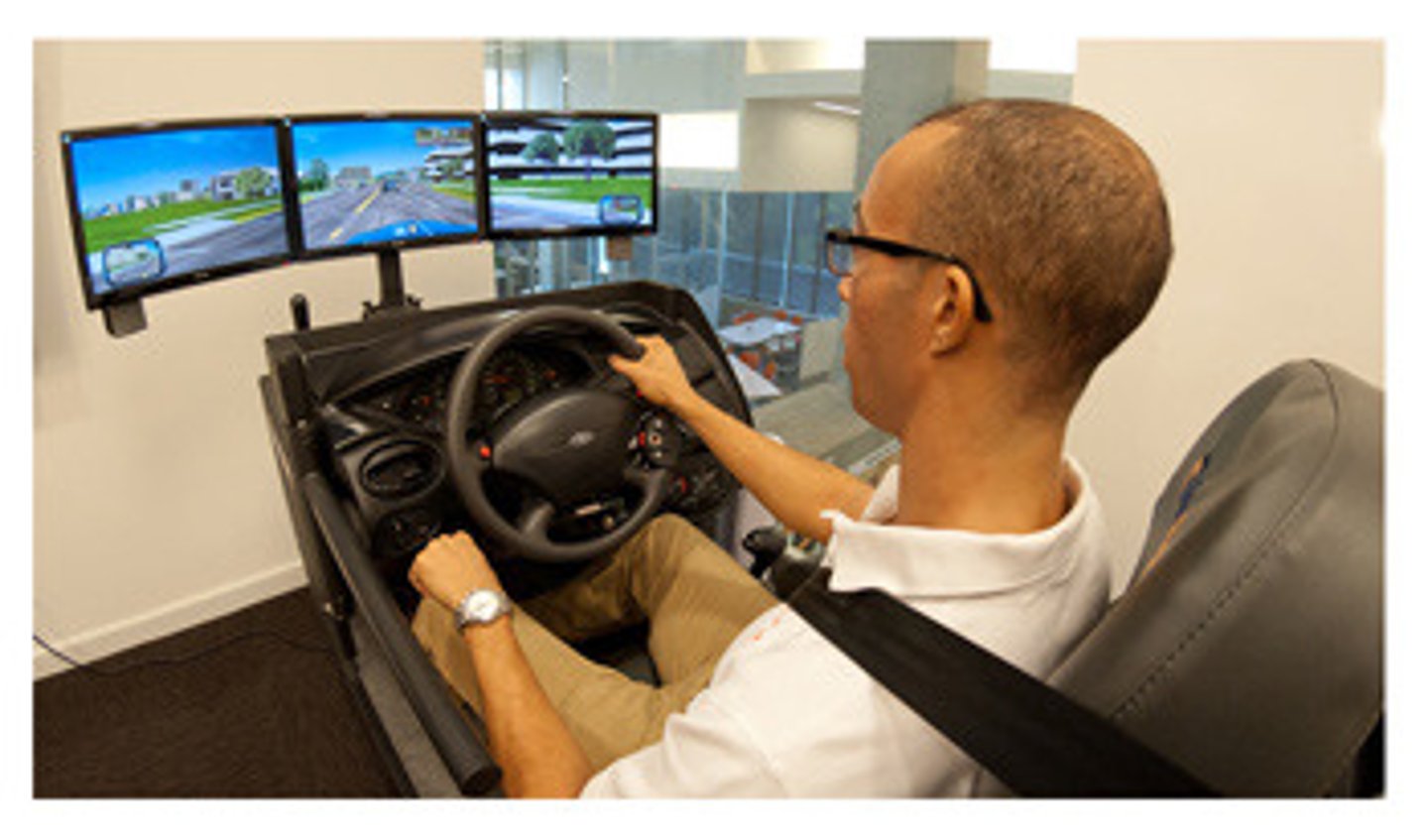
motion parallax (relative motion)
As we move, objects that are actually stable may appear to move - especially objects far off in the distance
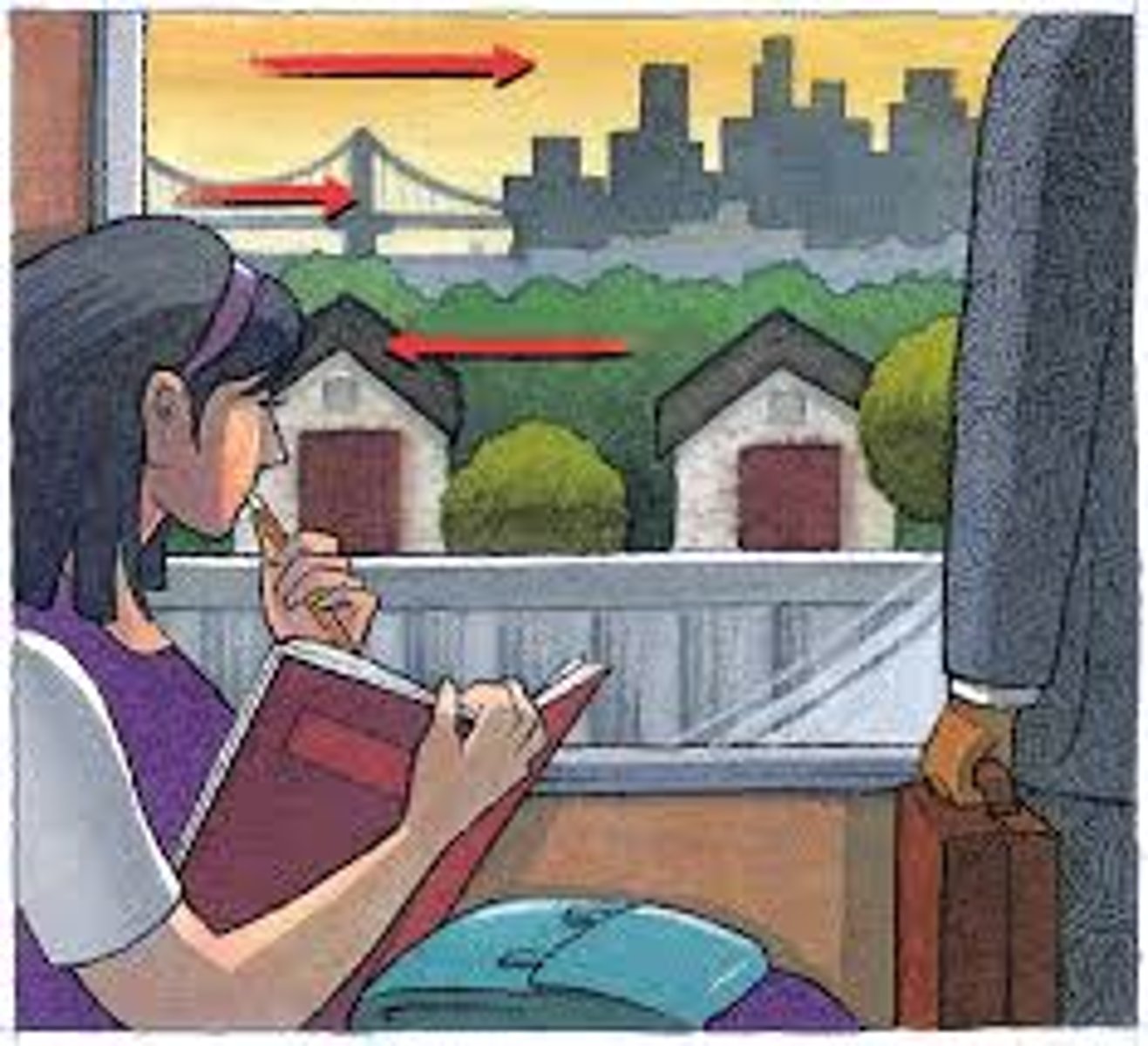
phi phenomenon (stroboscopic movement)
Illusion of movement created by presenting visual stimuli in rapid succession
relative height (monocular cue)
Perceiving objects higher in our field of vision as farther away

figure-ground relationship
Principle by which we organize the perceptual field into stimuli that stand out (figure) and those that fall to the background (ground).
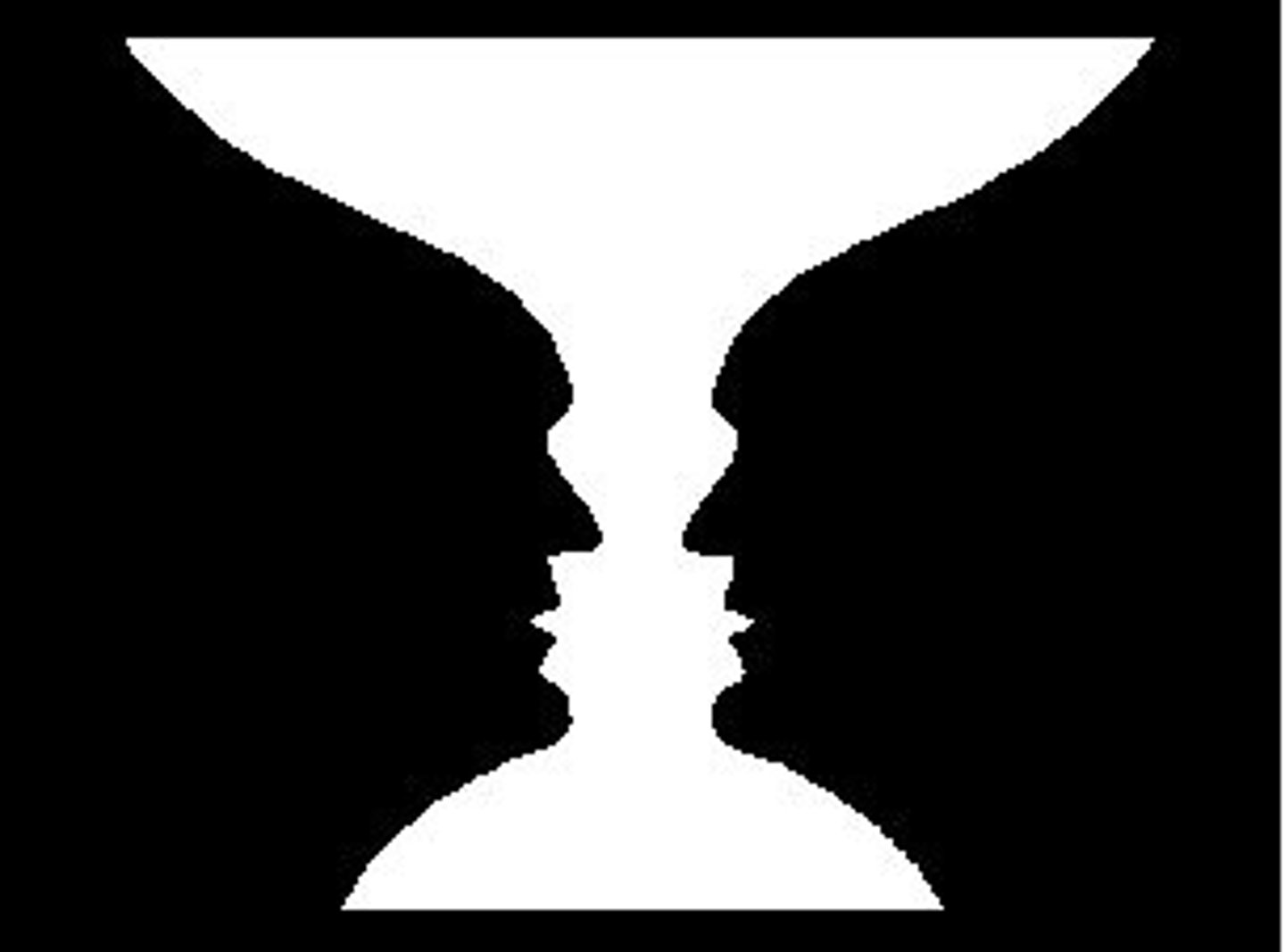
closure principle
Gestalt principle that describes a person's tendency to supply missing information in order to perceive objects or images as being complete
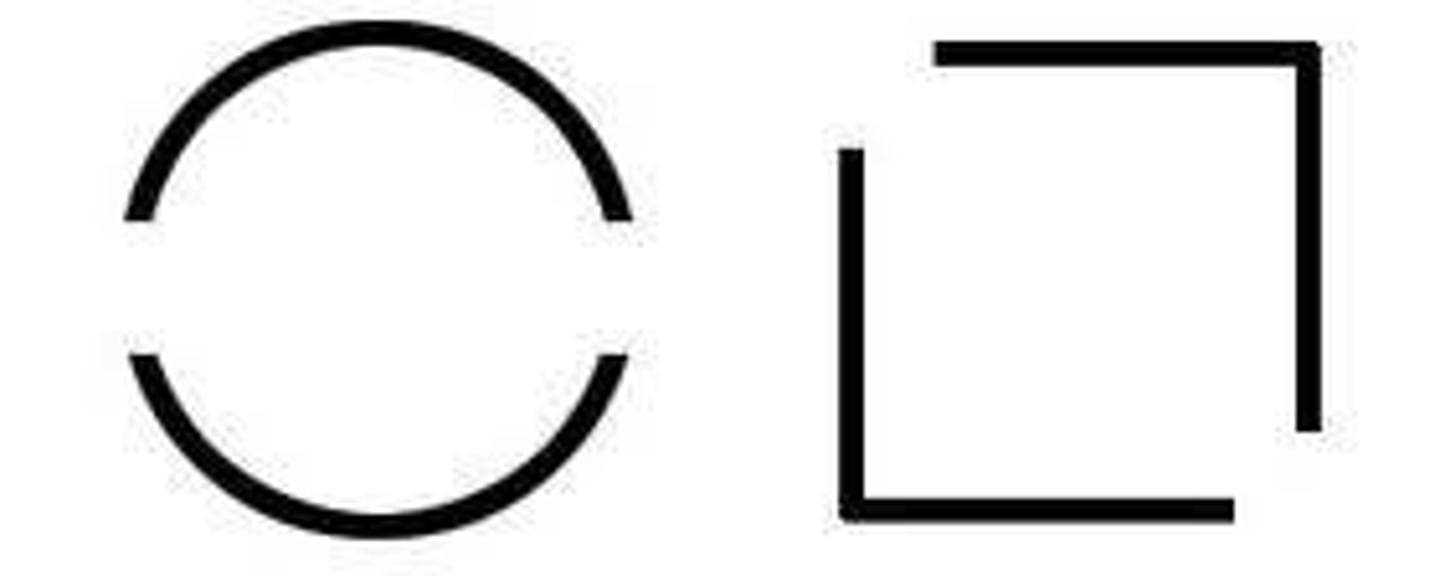
proximity principle
Gestalt principle of perception that states that parts of a visual stimulus that are close together are perceived as belonging together
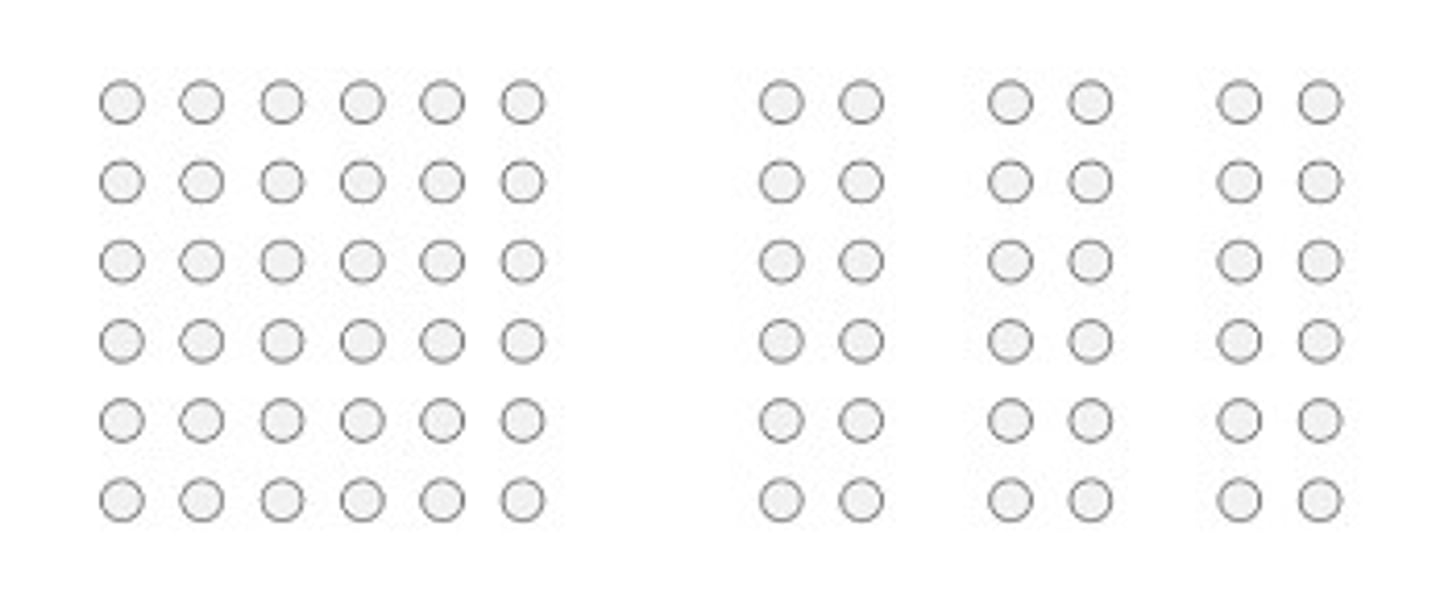
continuity principle
Gestalt principle of perception that states that lines or patterns that follow a smooth contour are perceived as part of a single unit
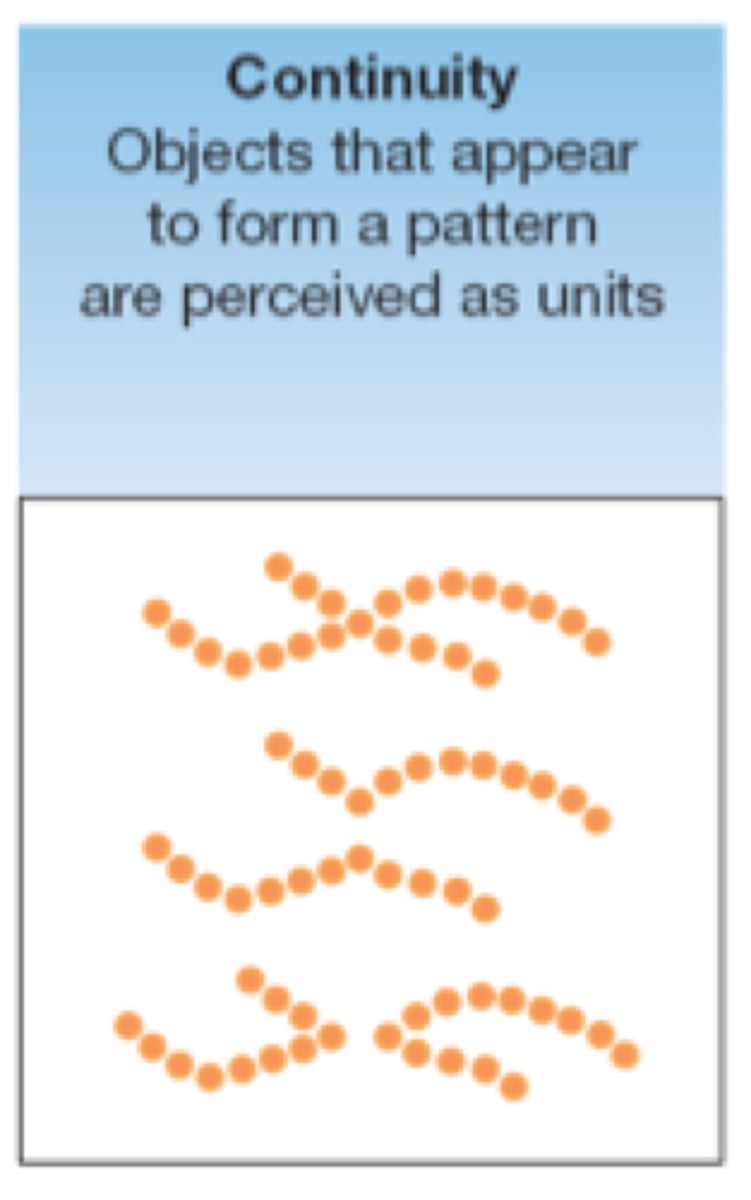
volley theory
Theory proposing that our brain decodes pitch by noticing the frequency at which groups of hair cells on the basilar membrane are firing

perceptual set
Mental predisposition to perceive something in a particular way
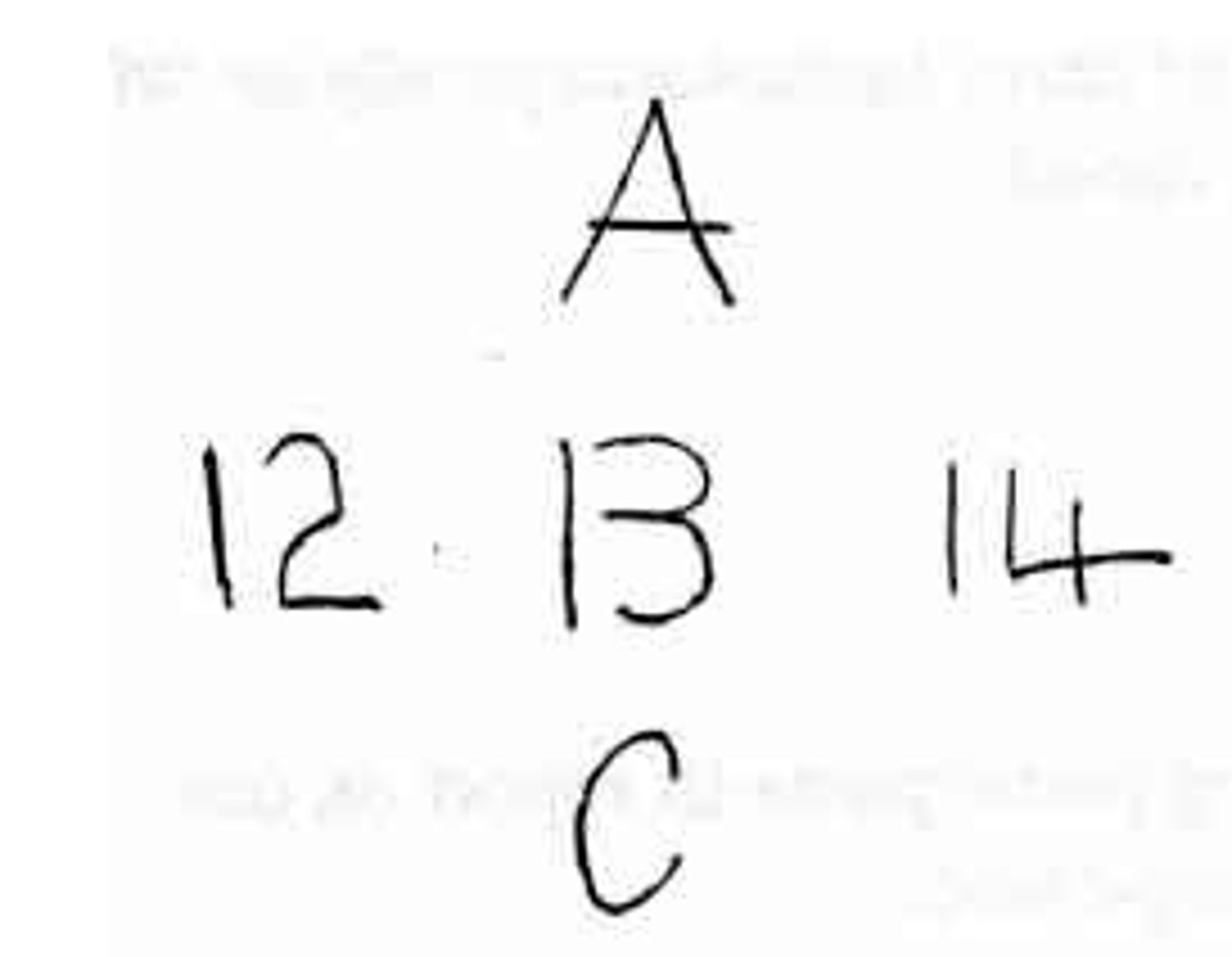
visual capture
Tendency for vision to dominate the other senses
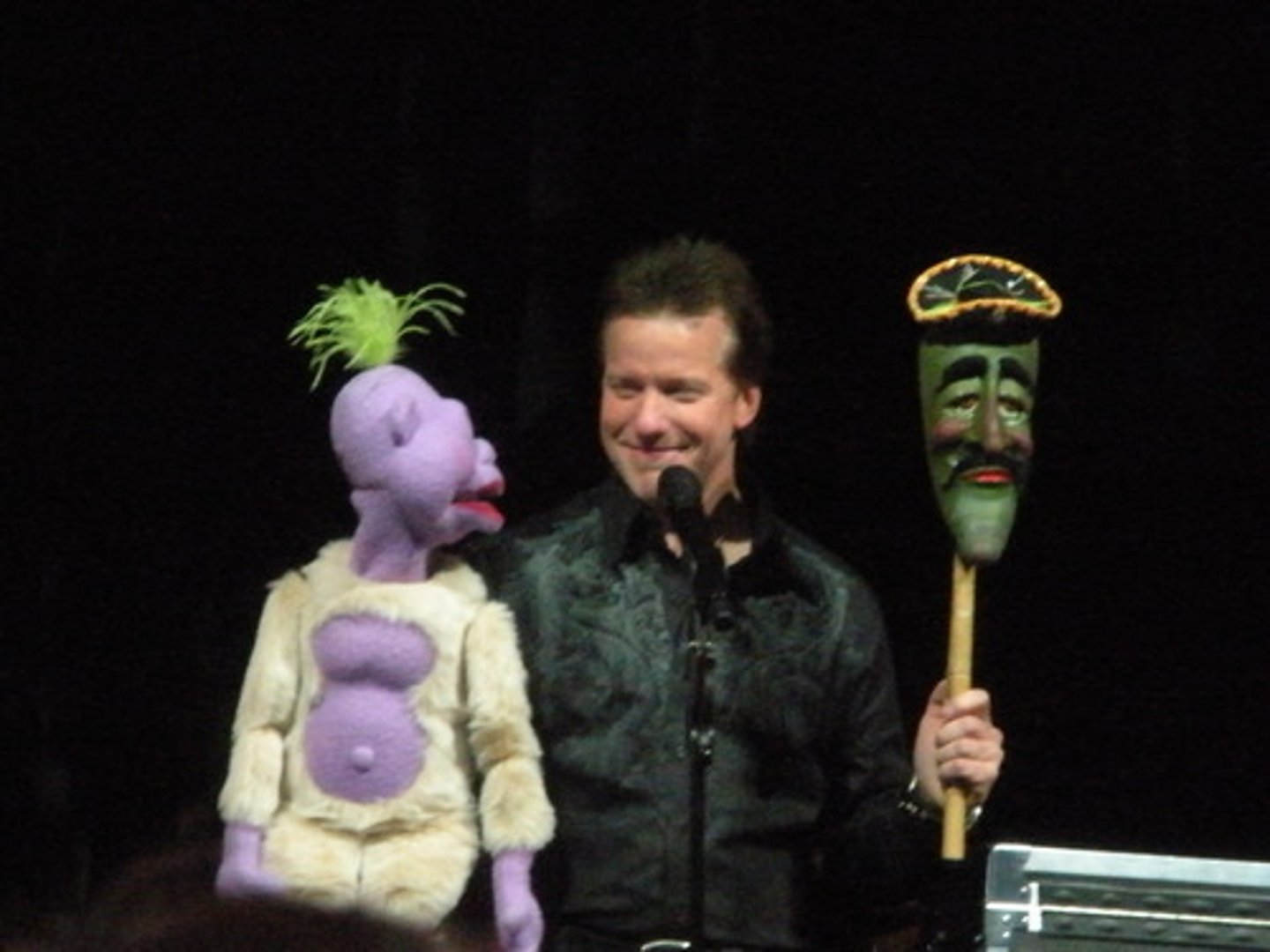
cocktail party effect
Ability to concentrate on one voice amongst a crowd
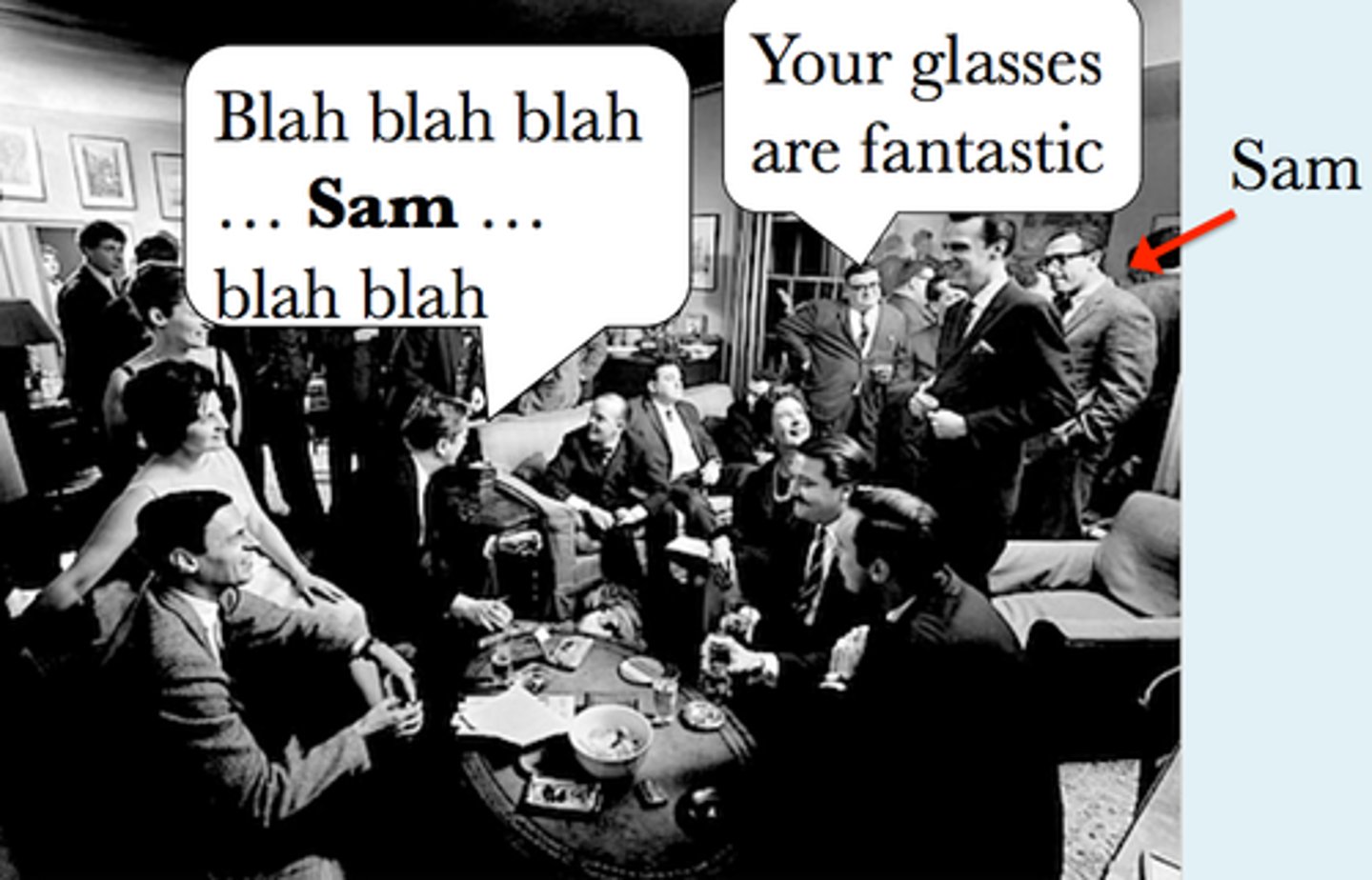
inattentional blindness
Failing to see visible objects when our attention is directed elsewhere
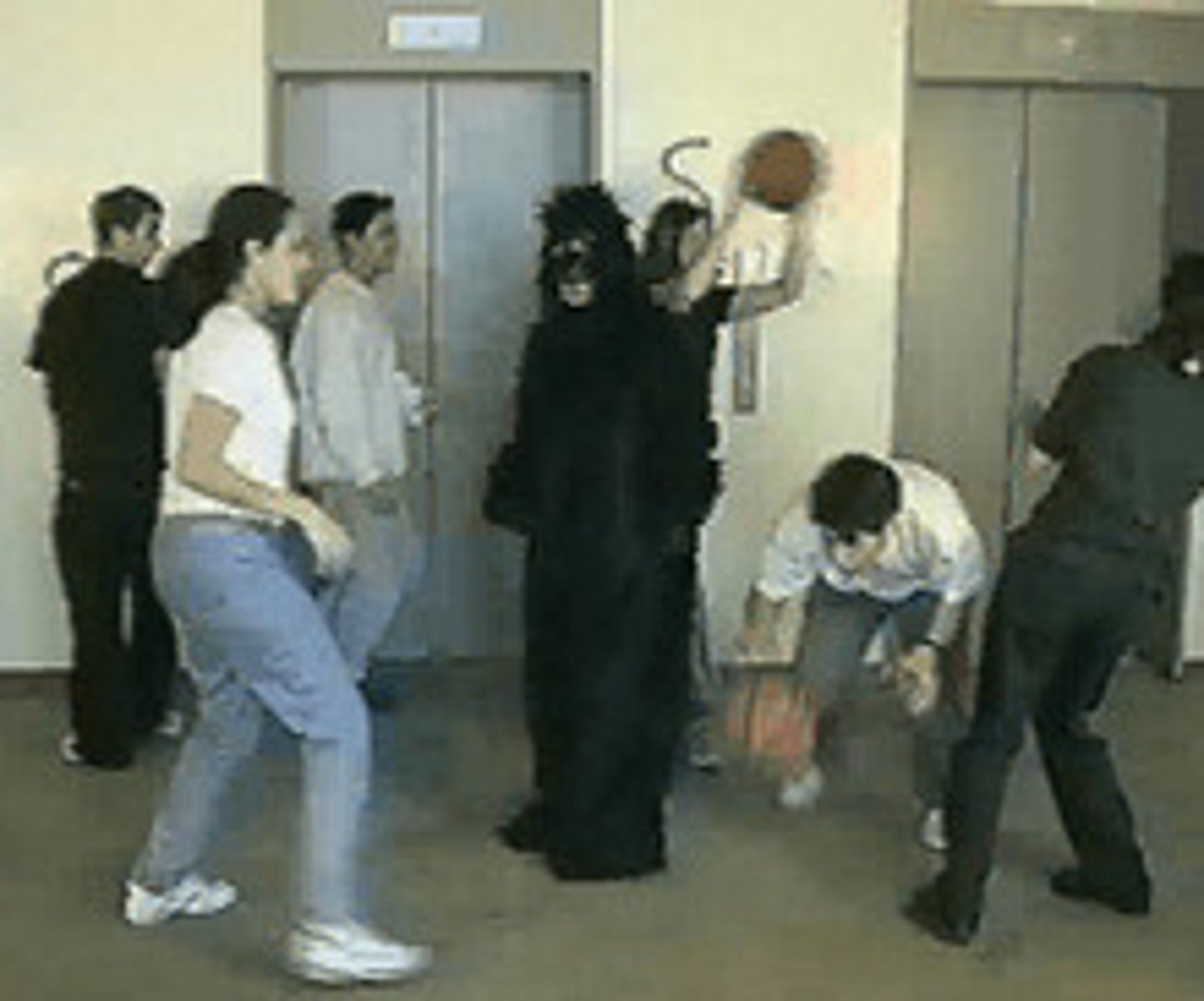
photoreceptors (rods and cones)
Photosensitive cells in the retina that are stimulated by light entering our eyes
